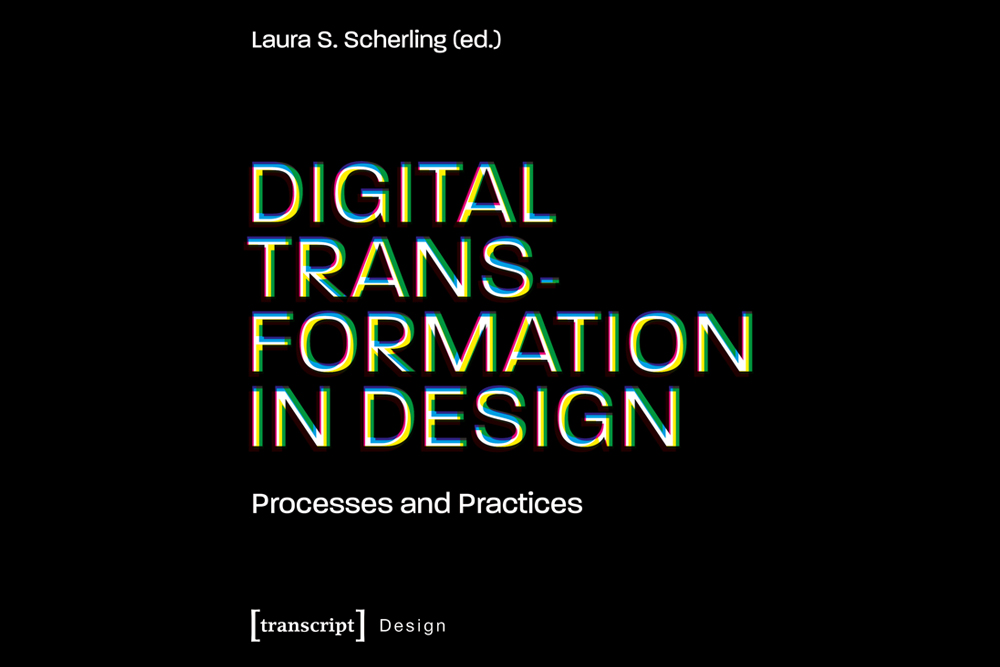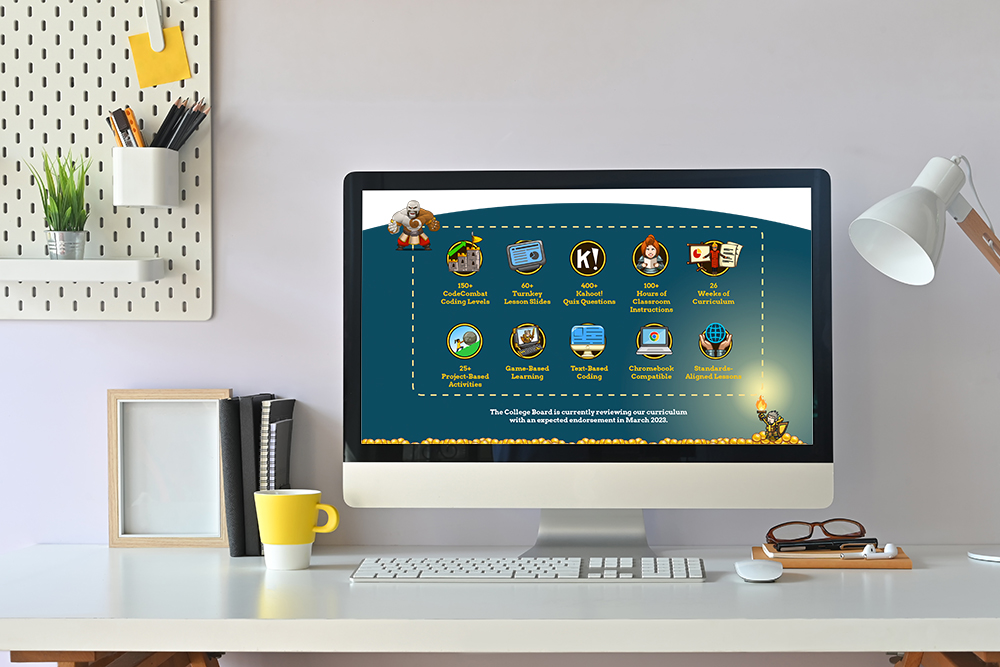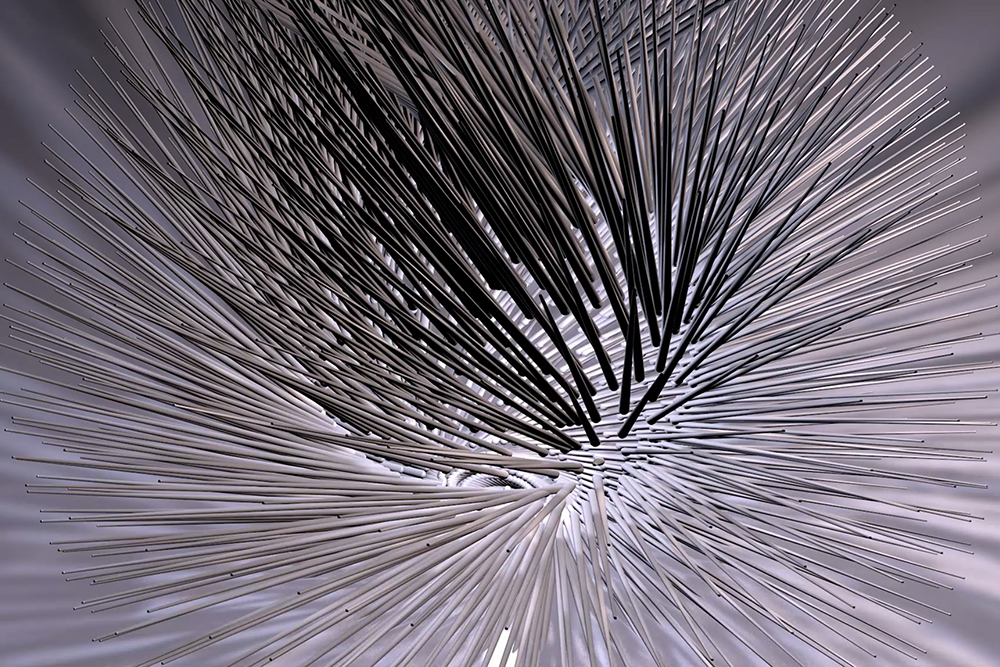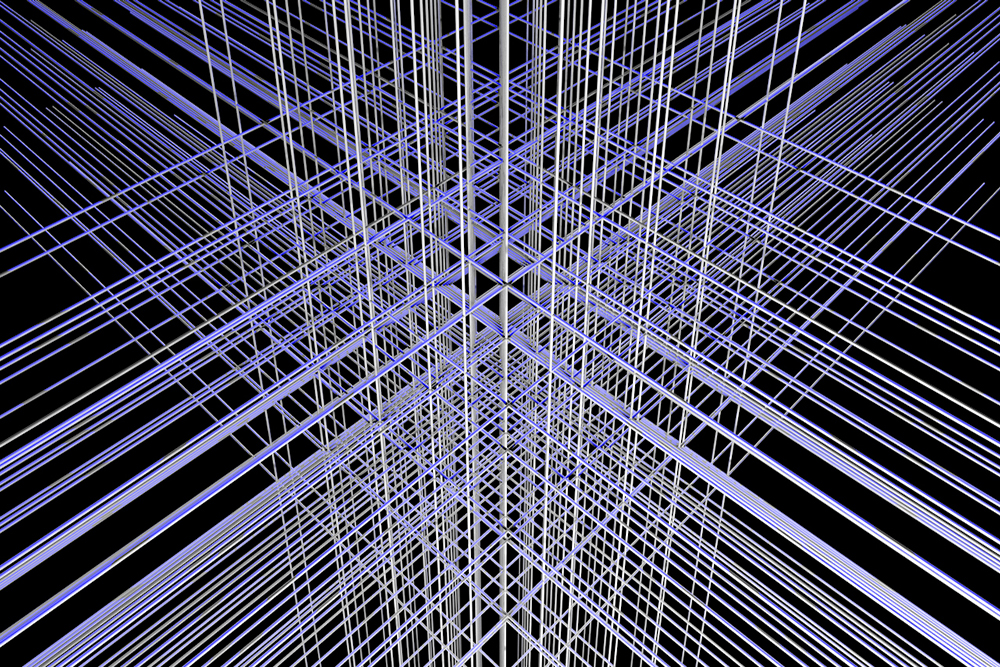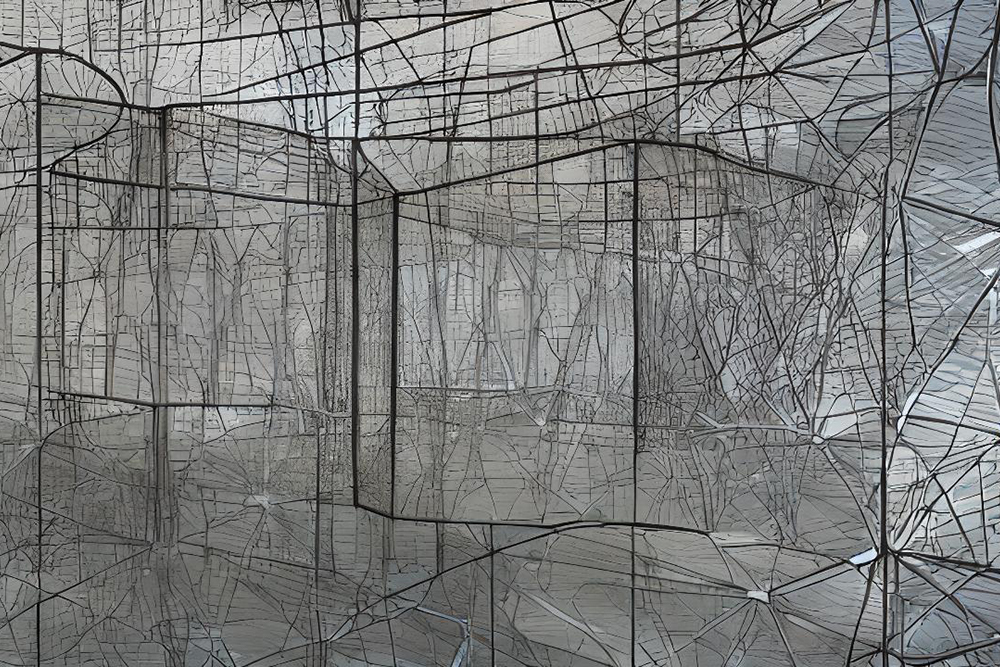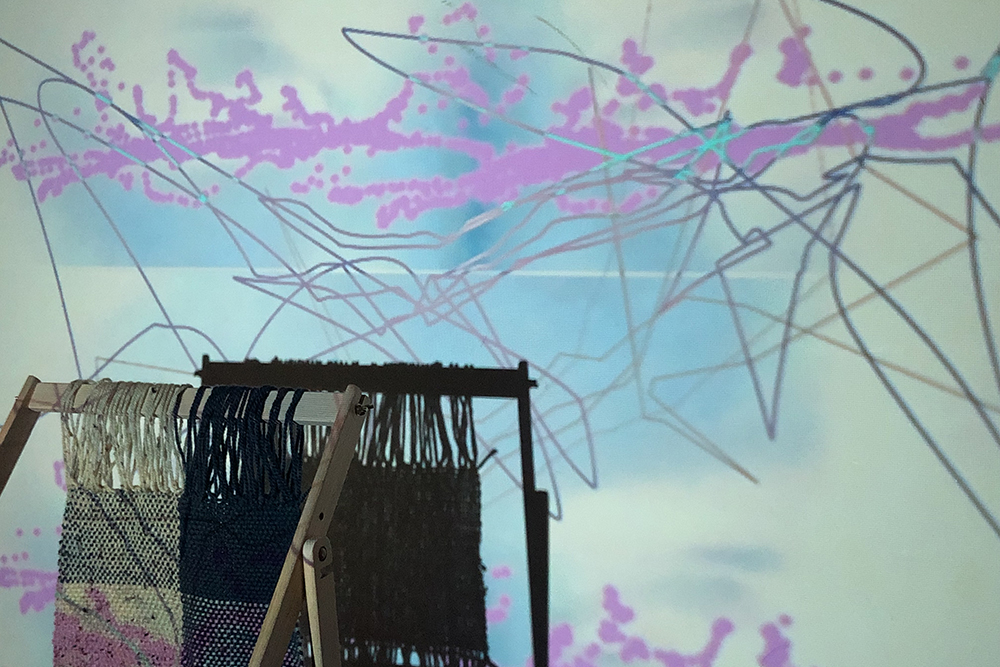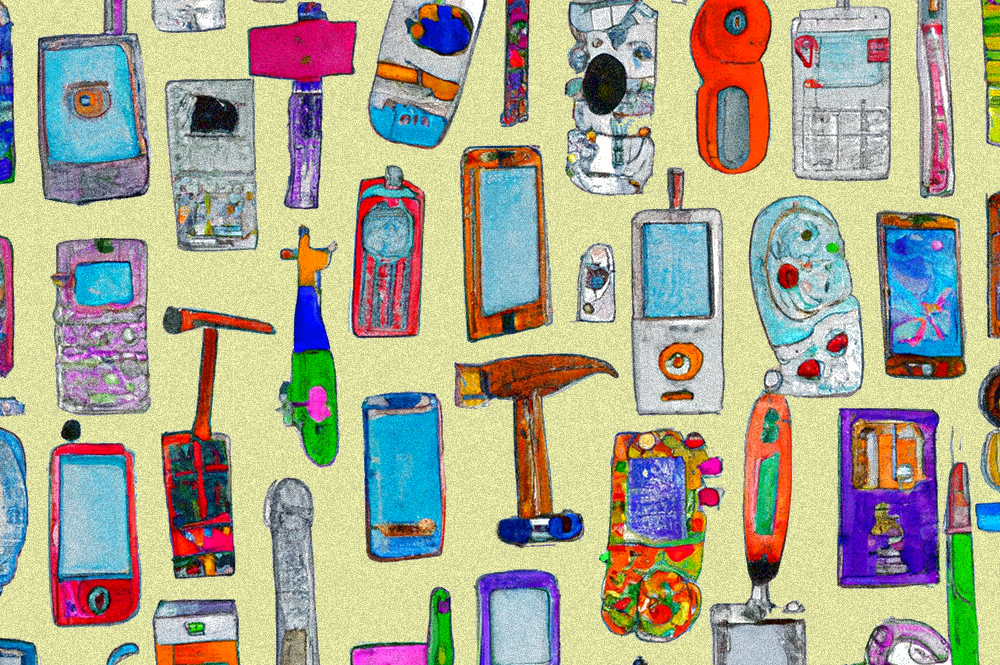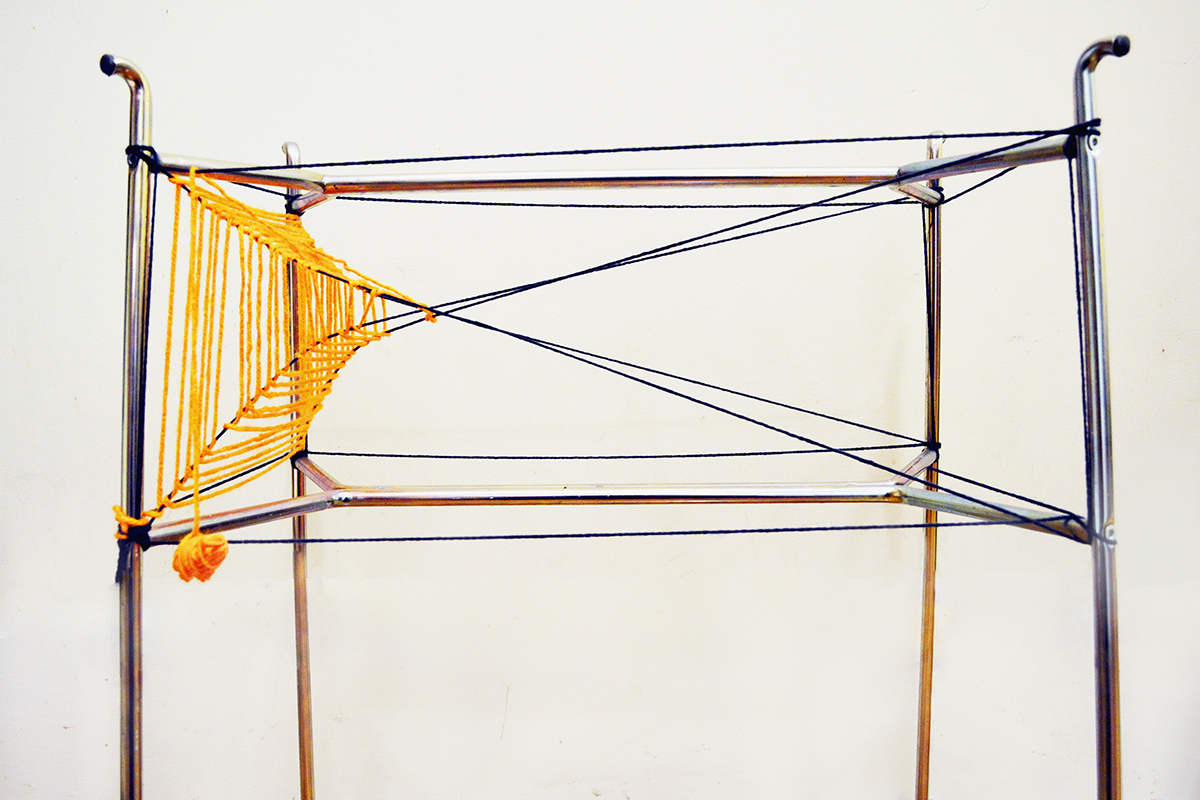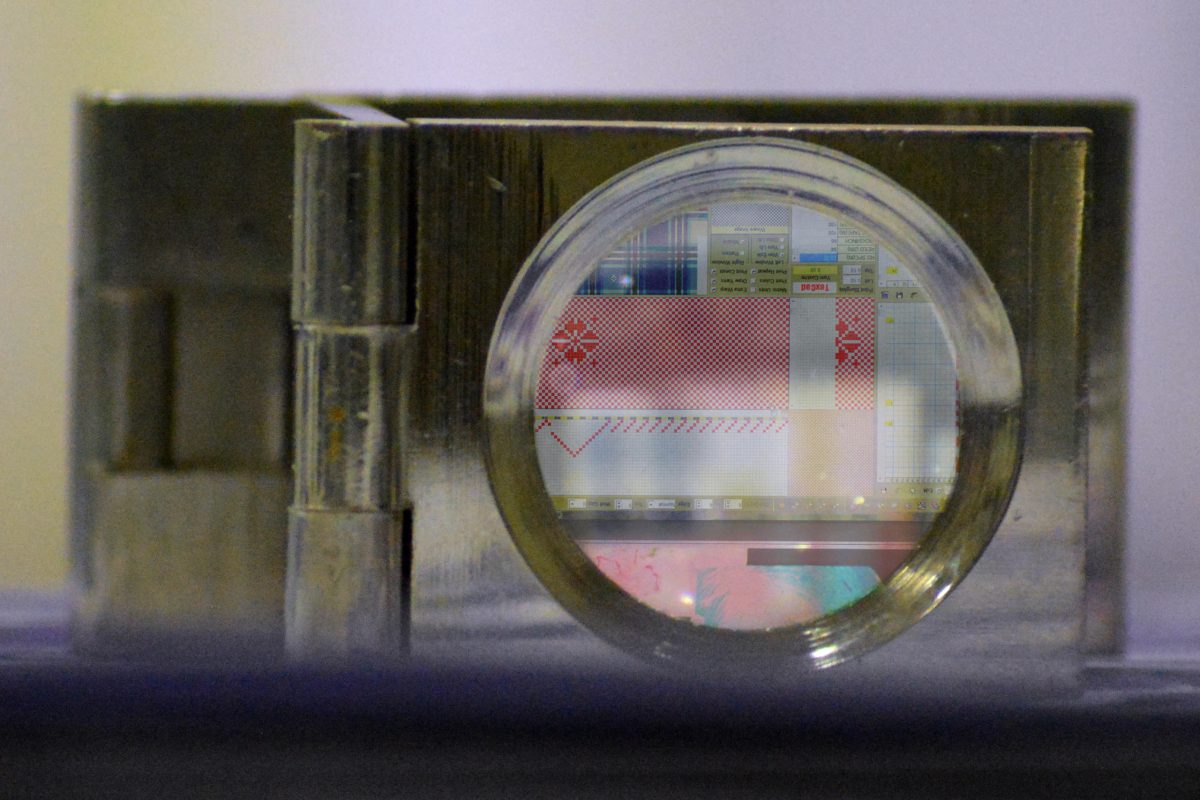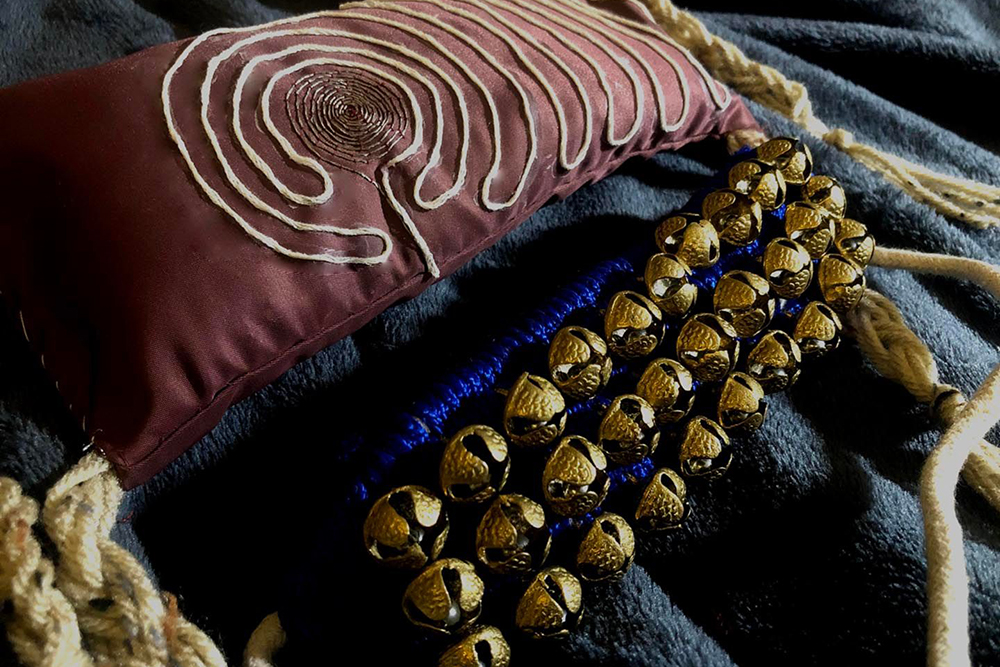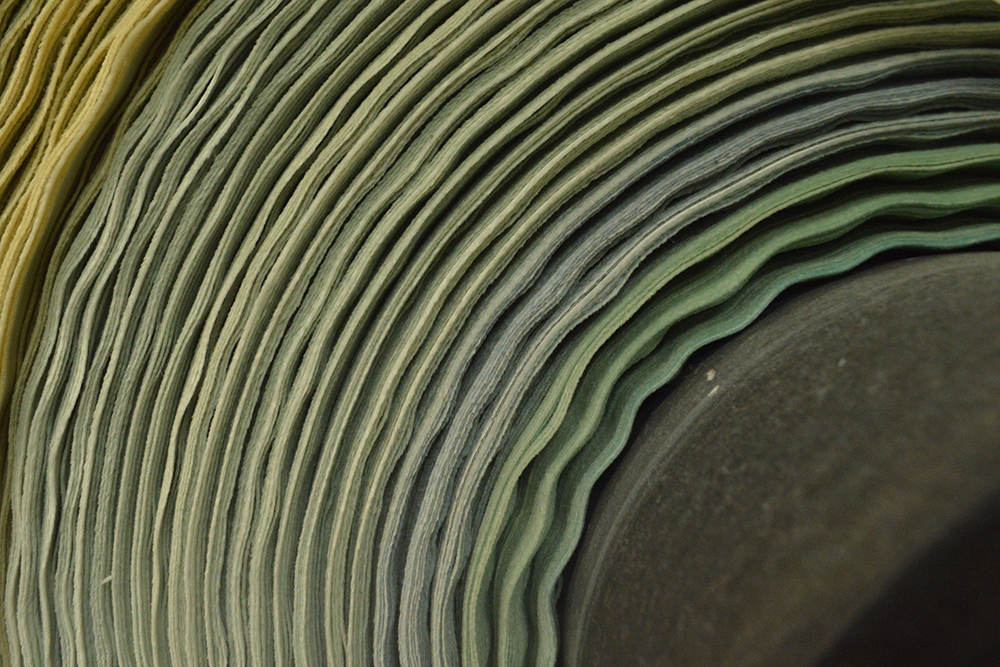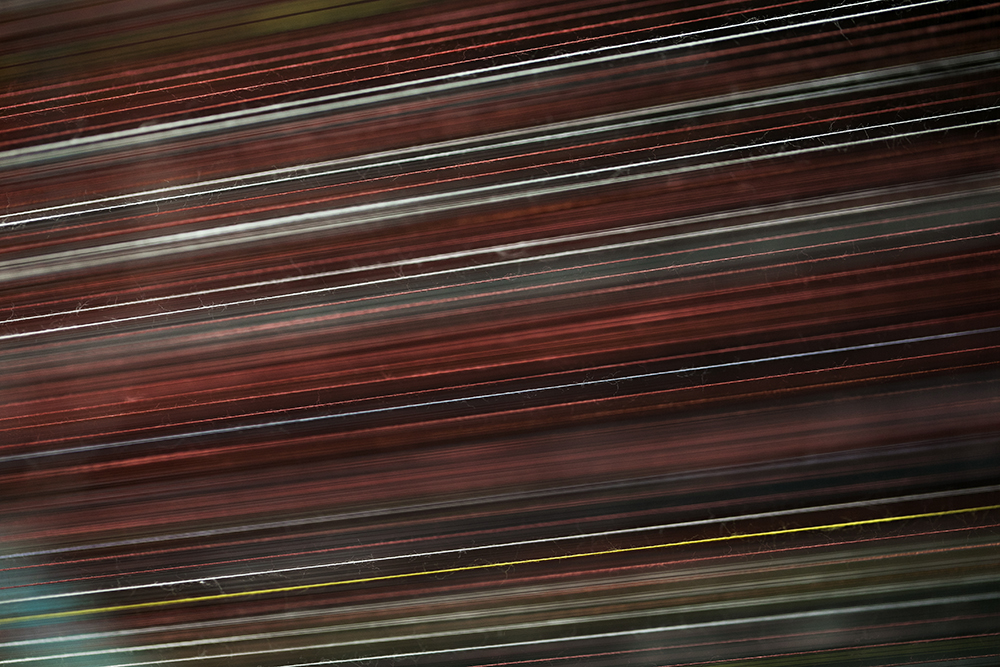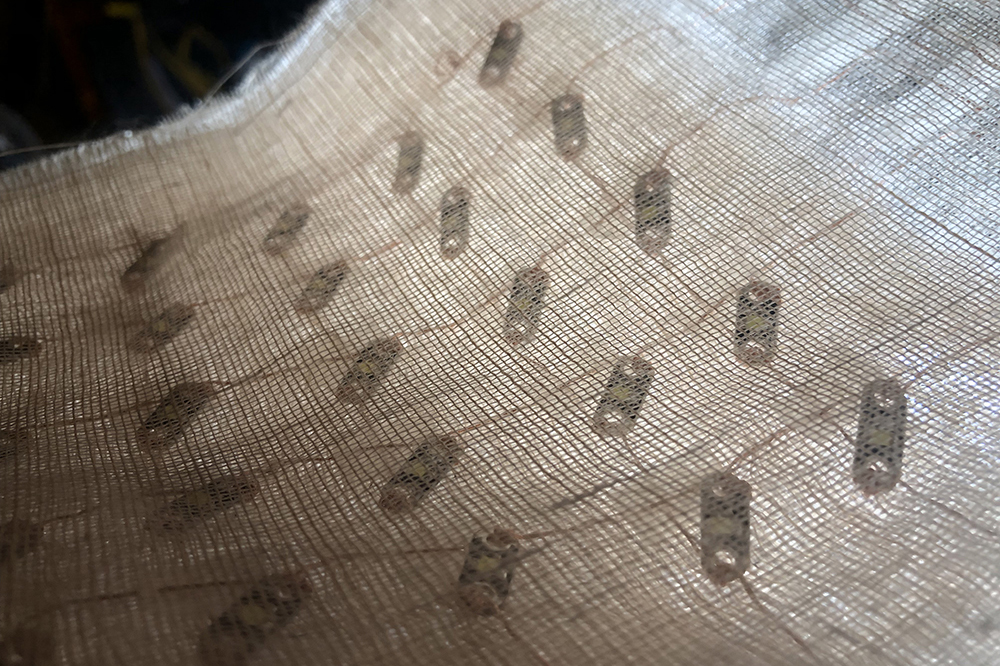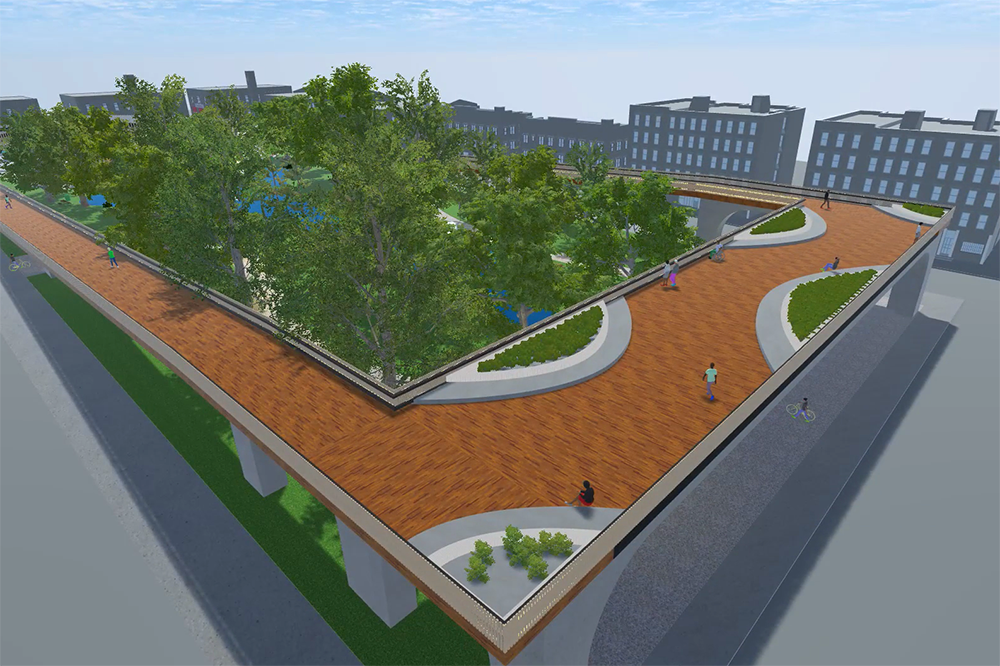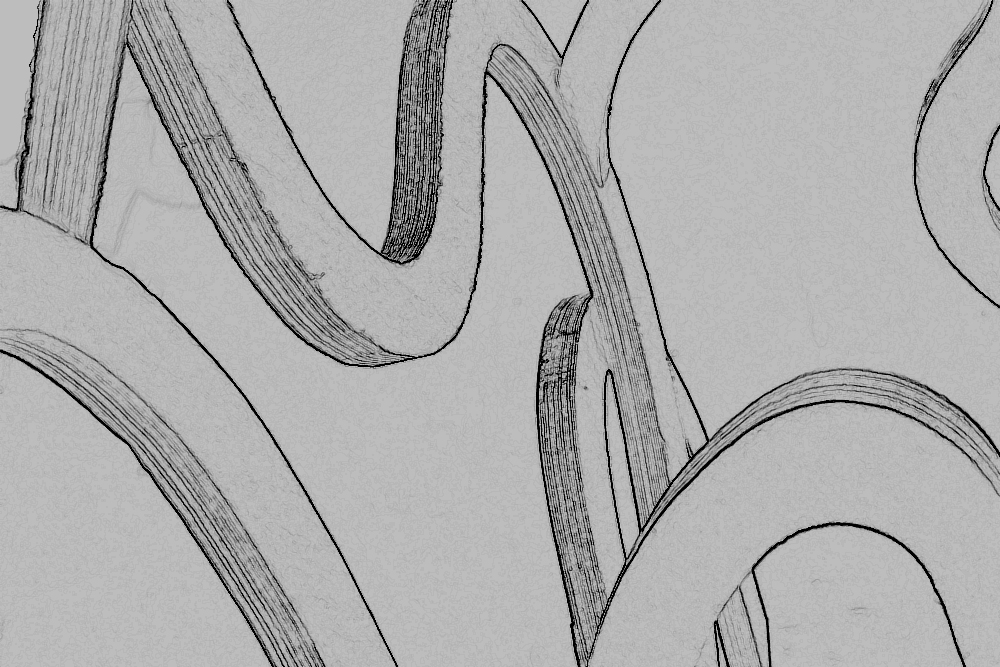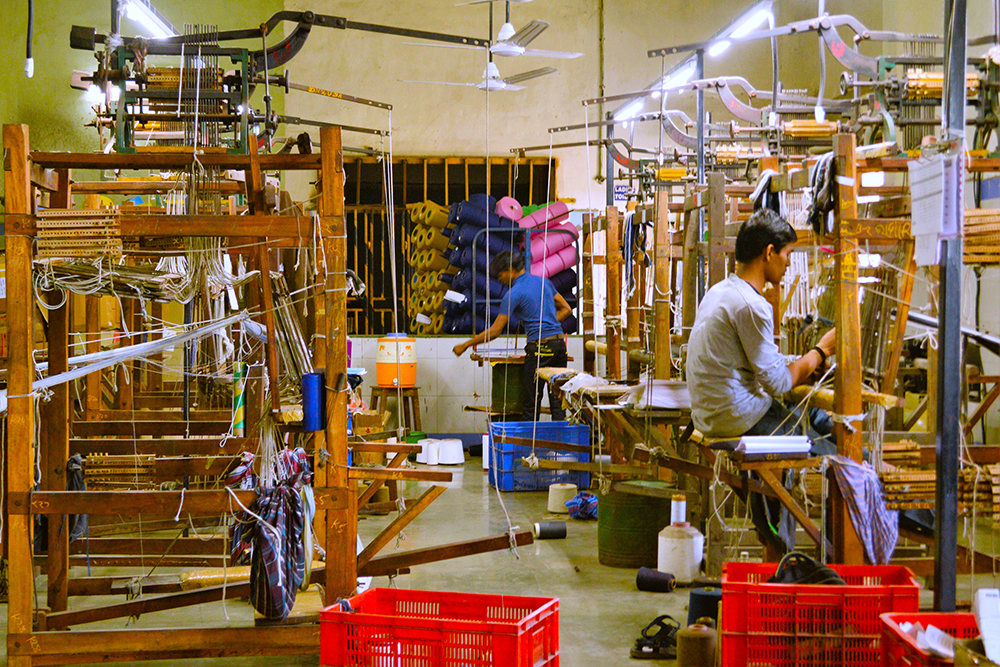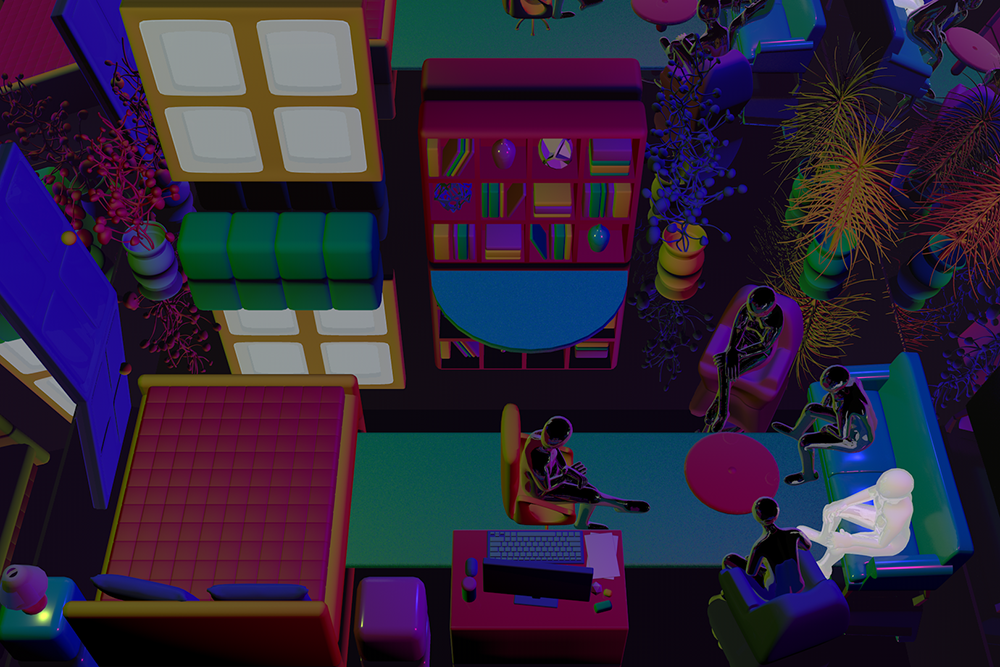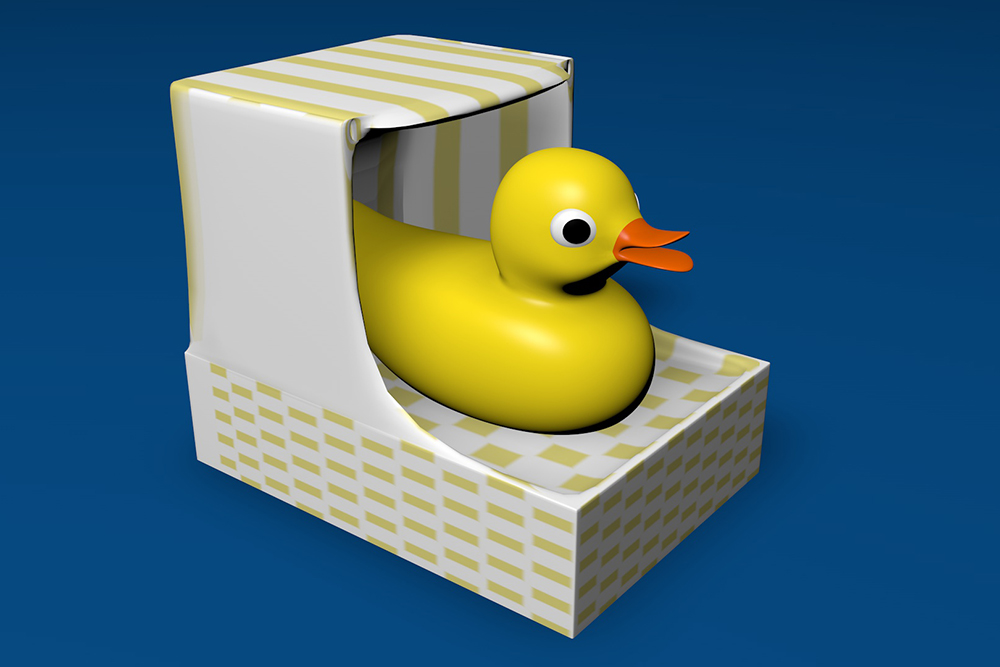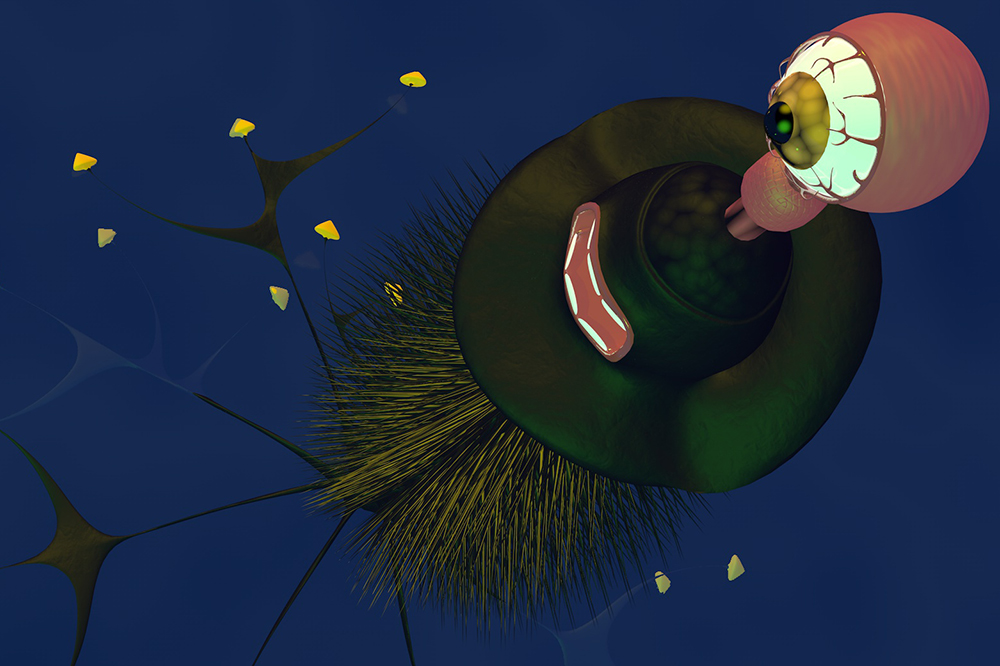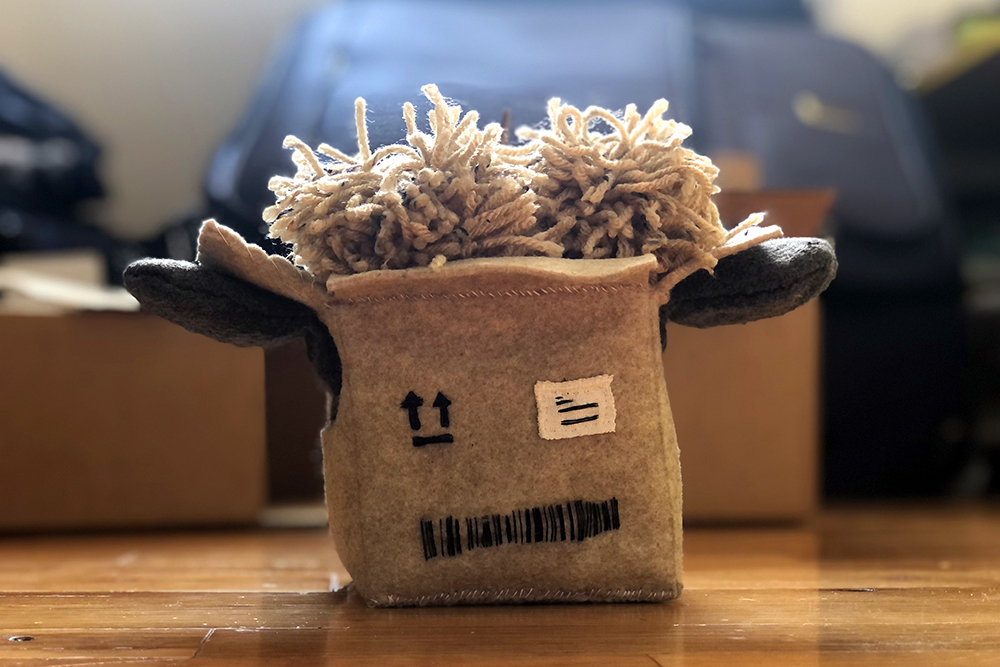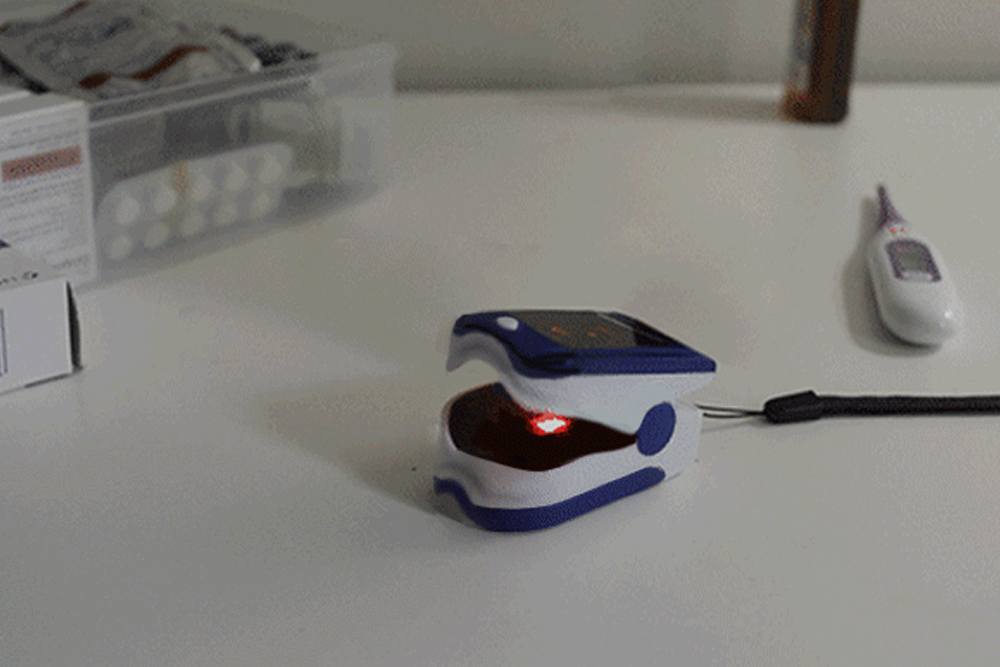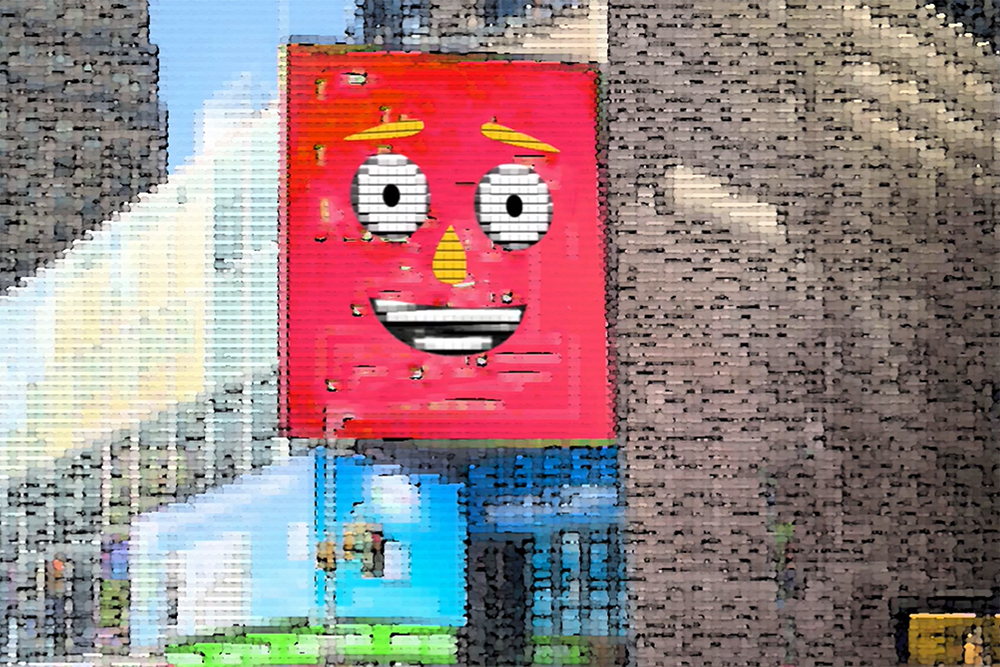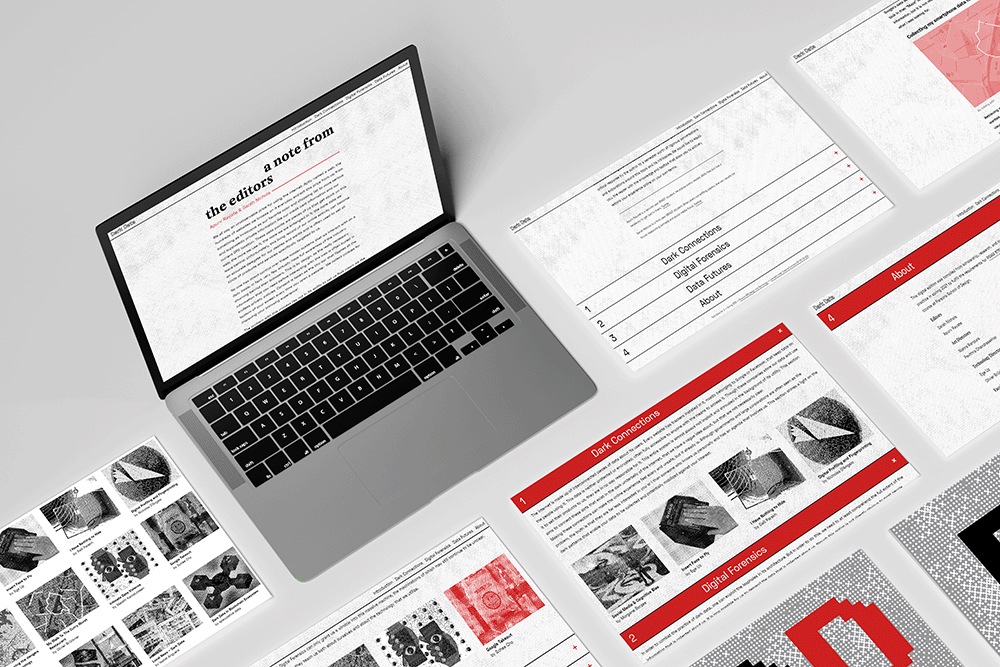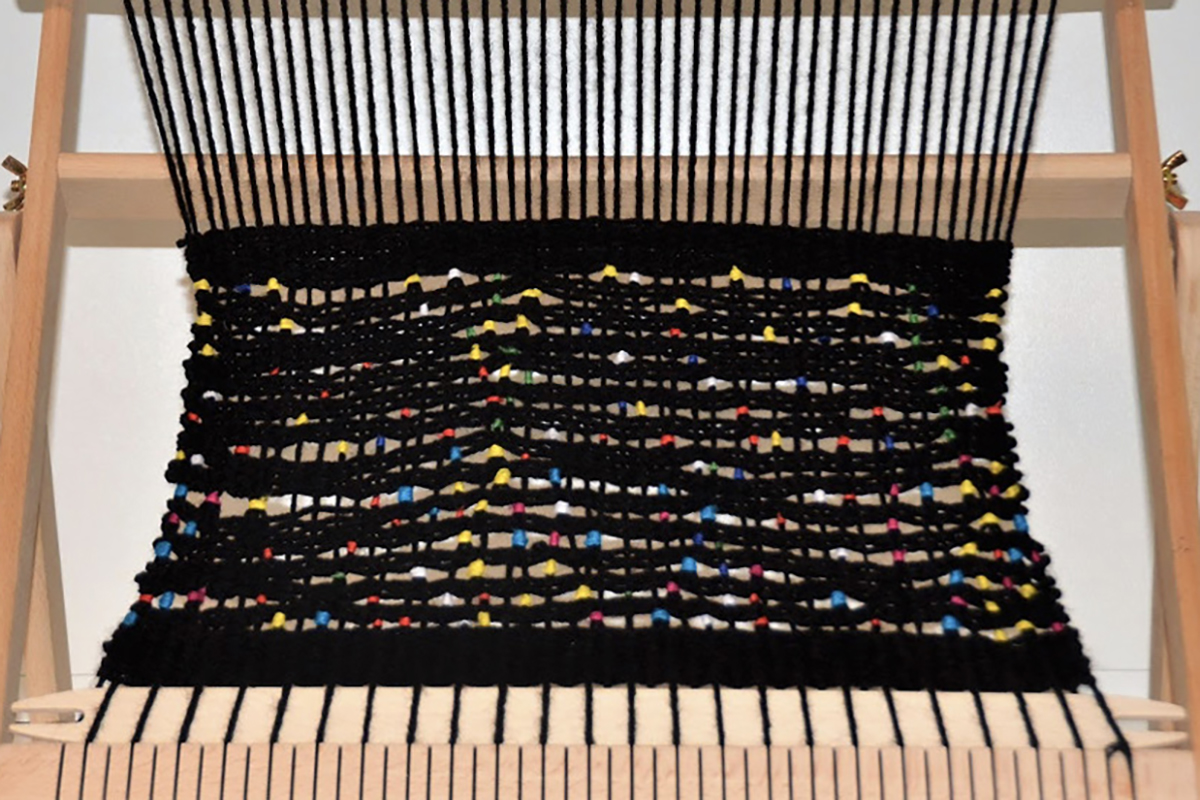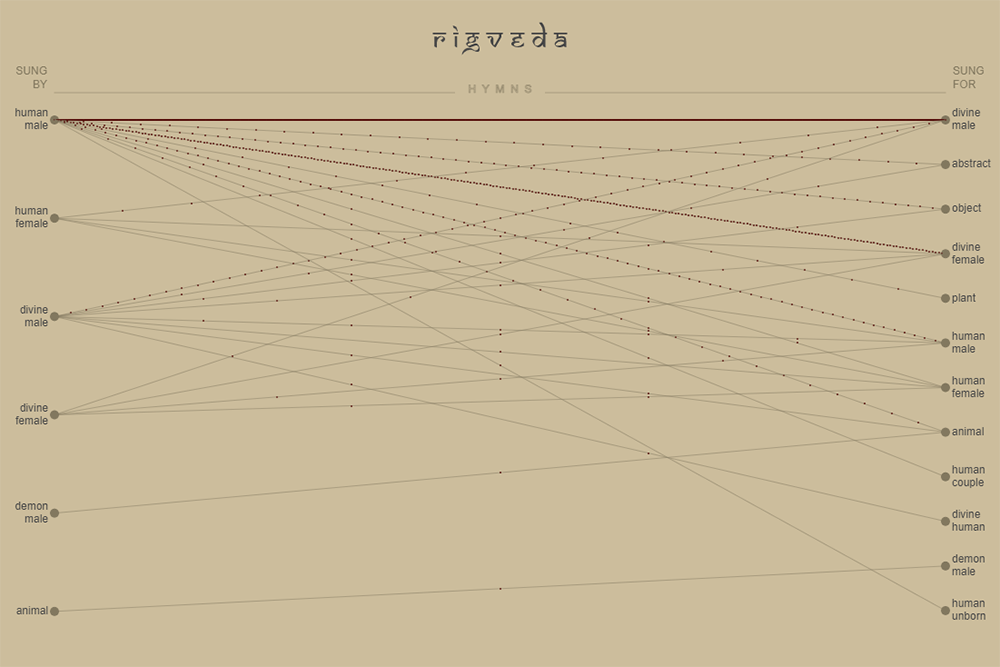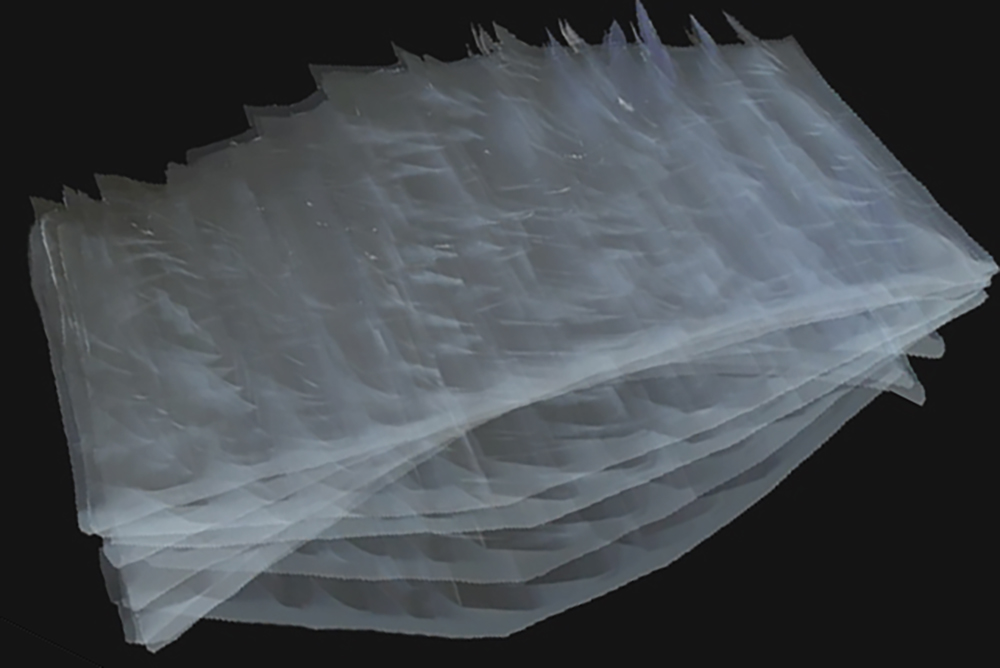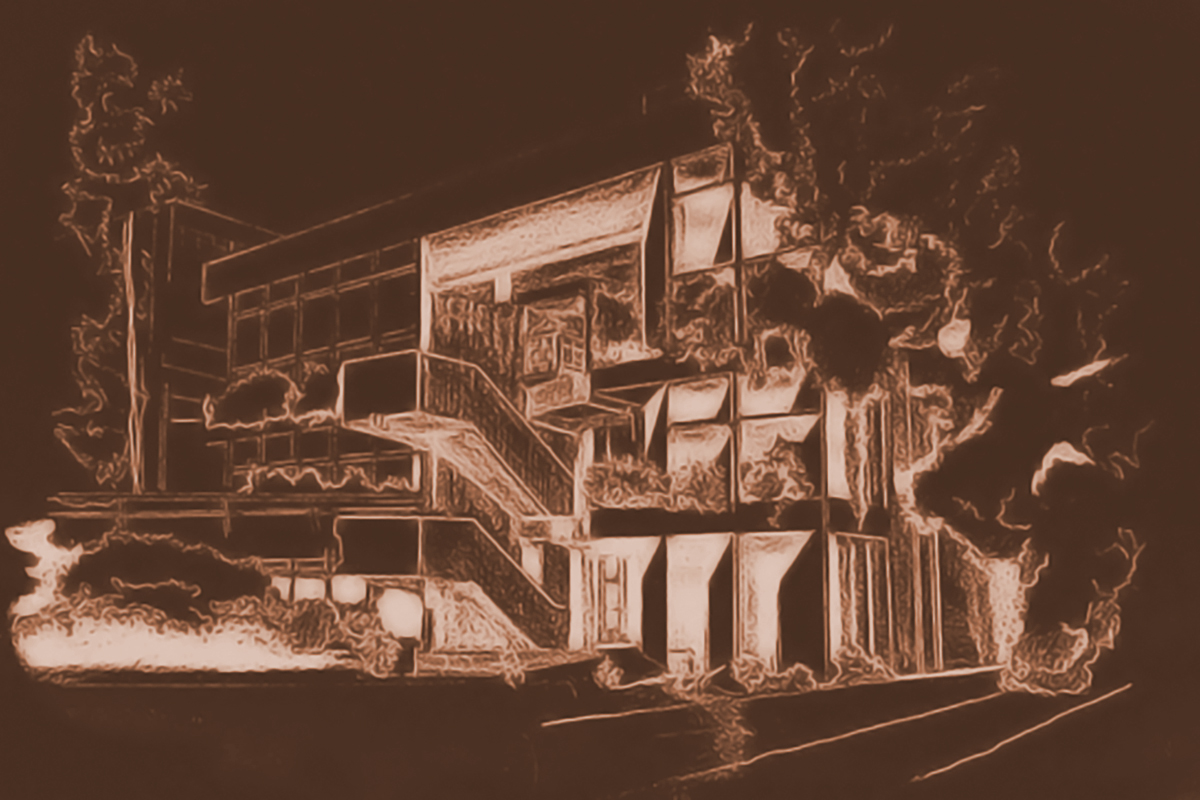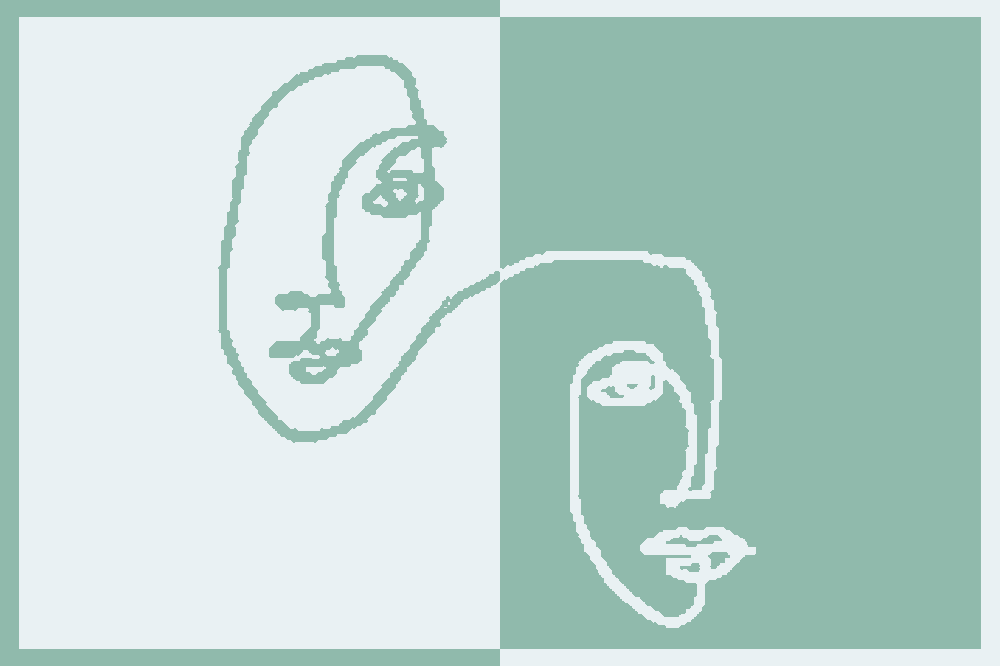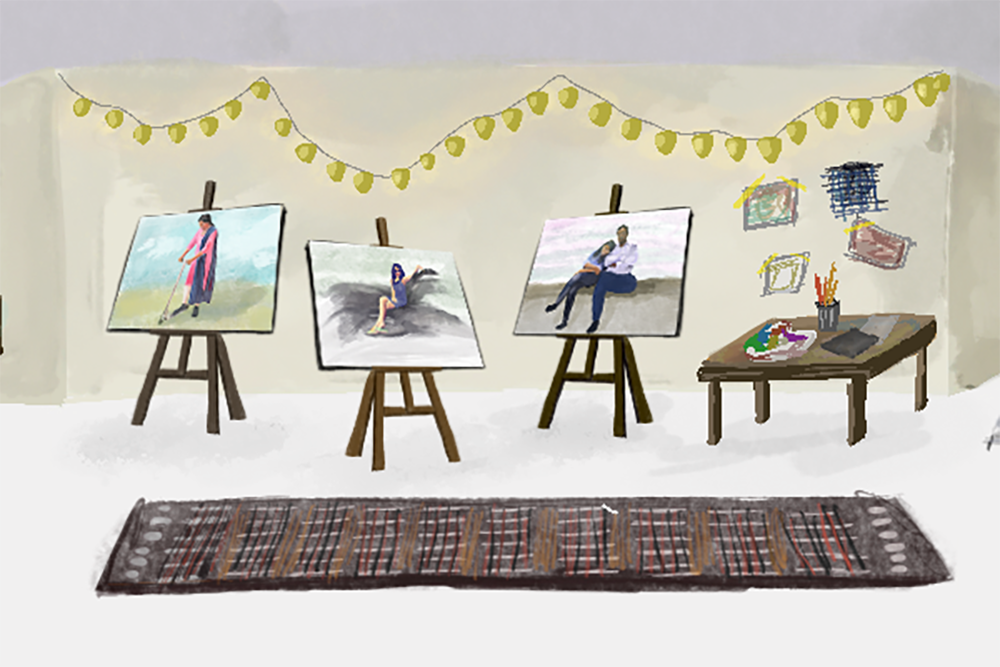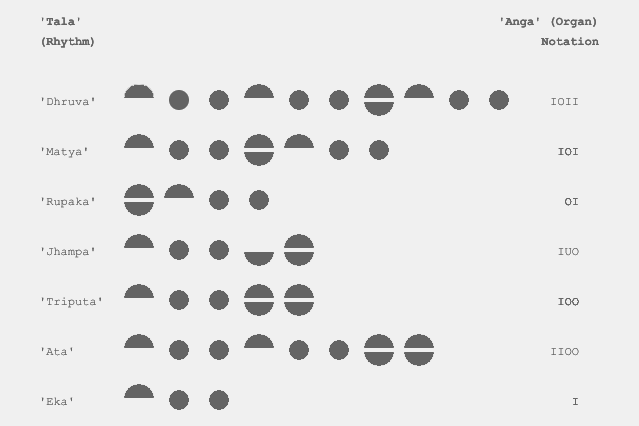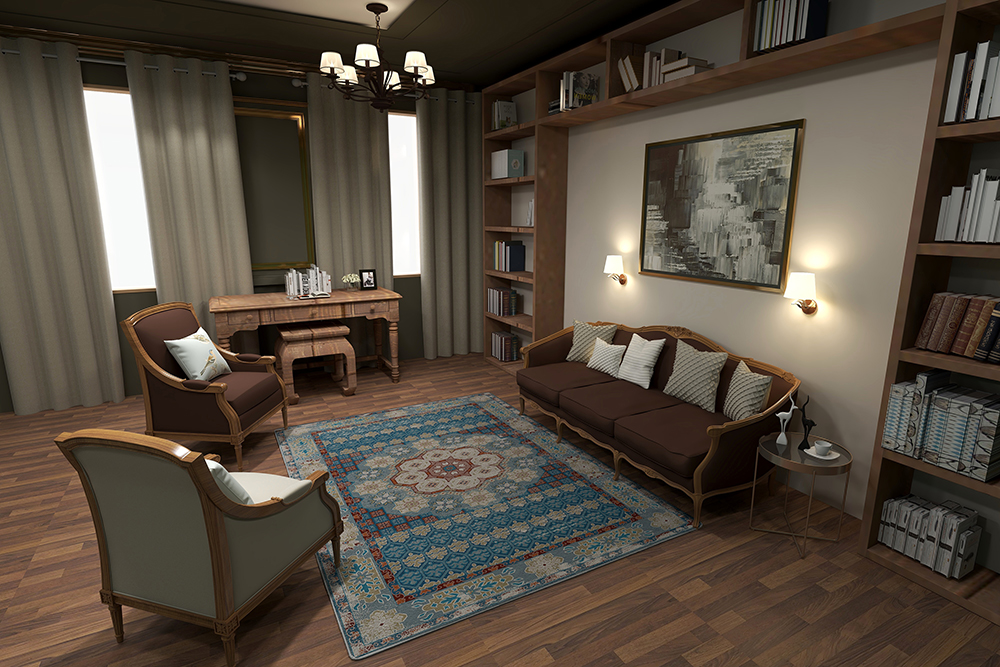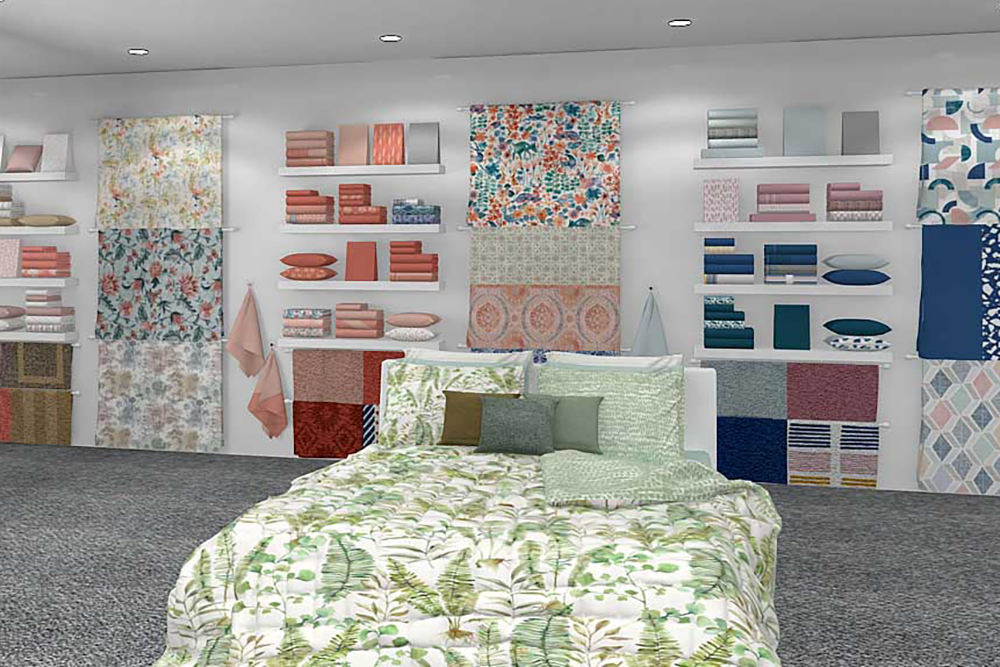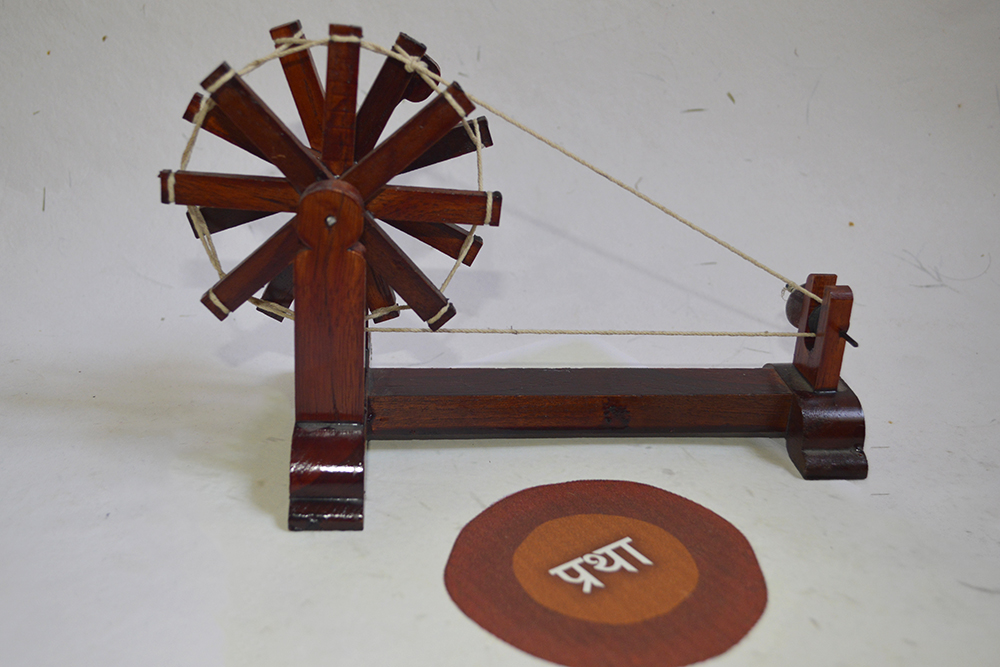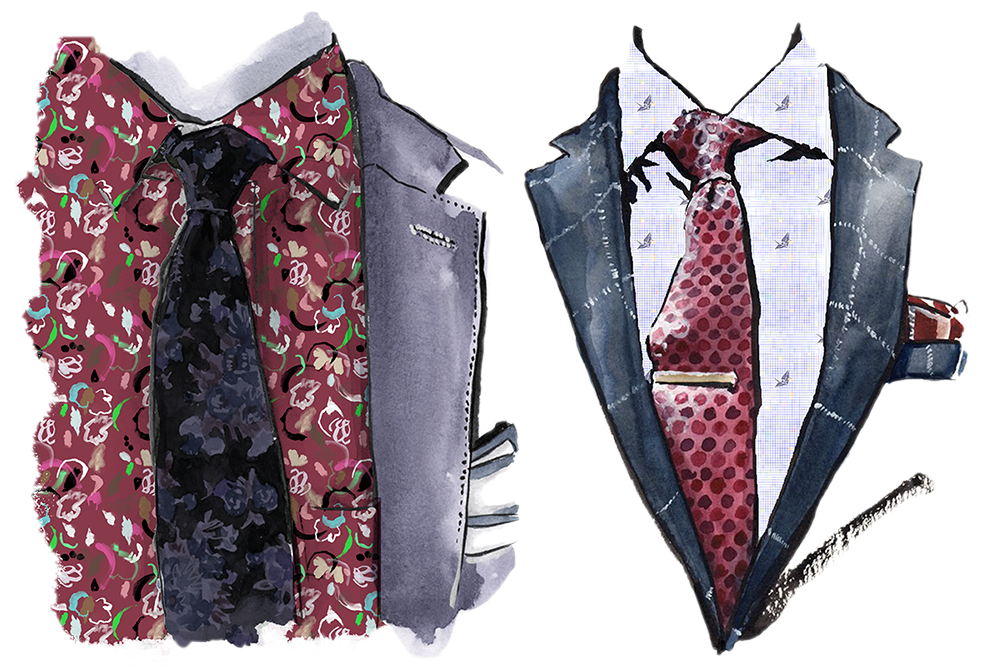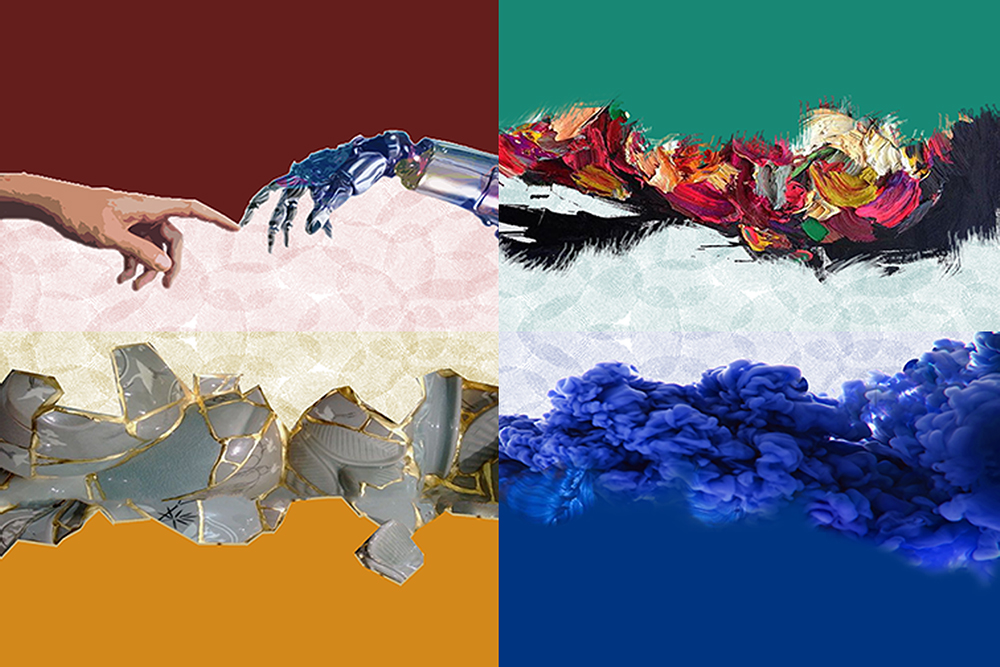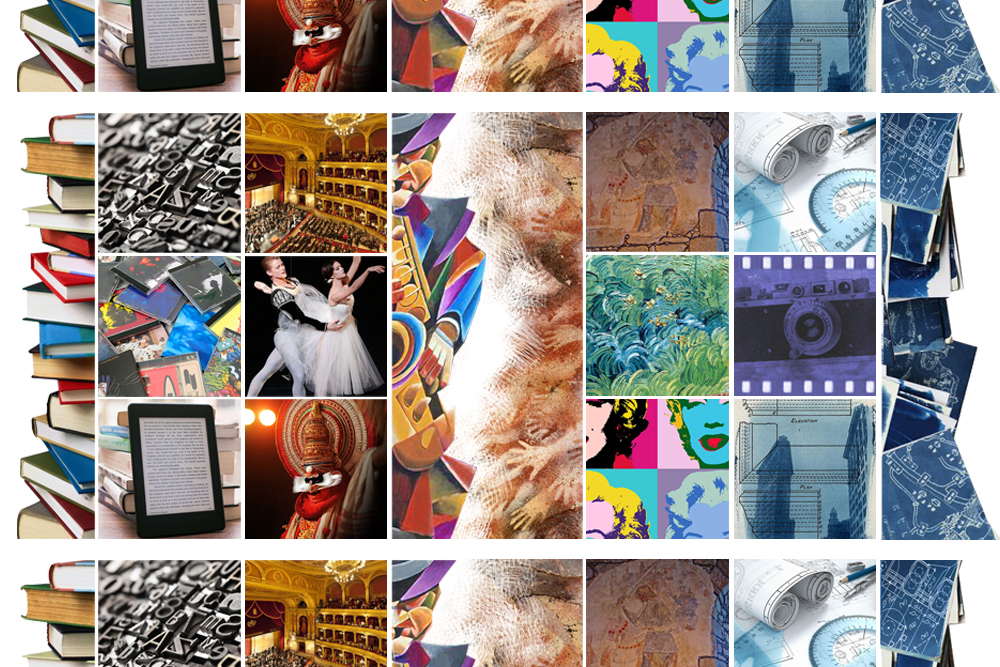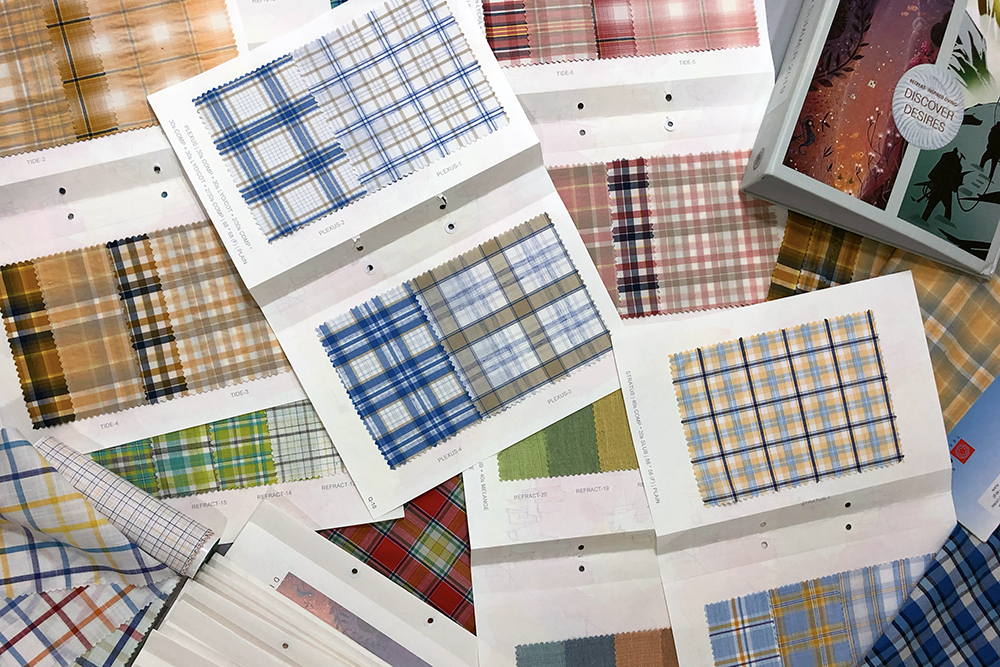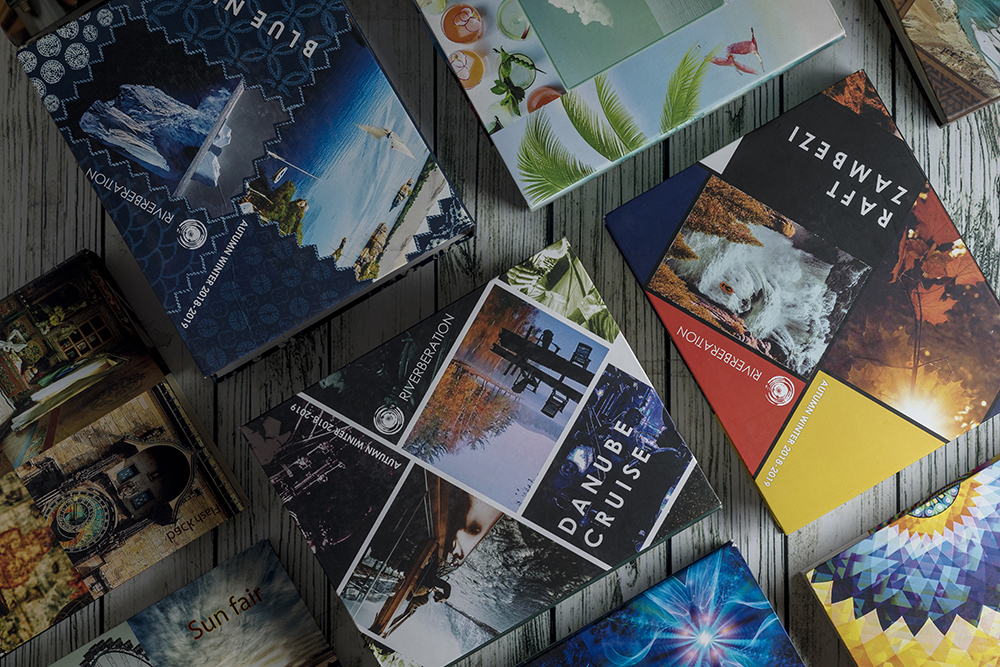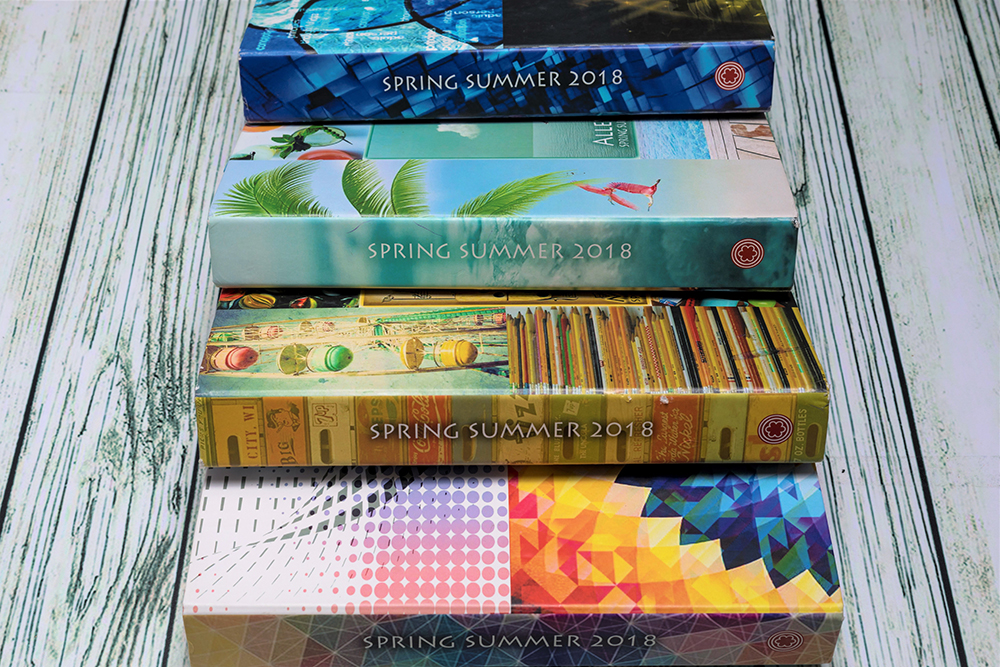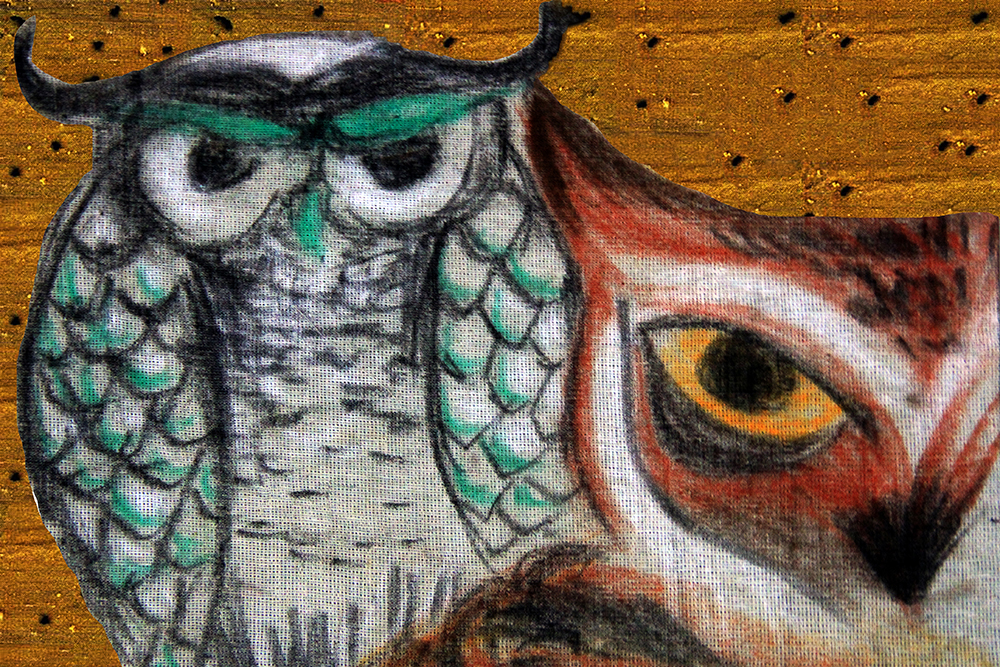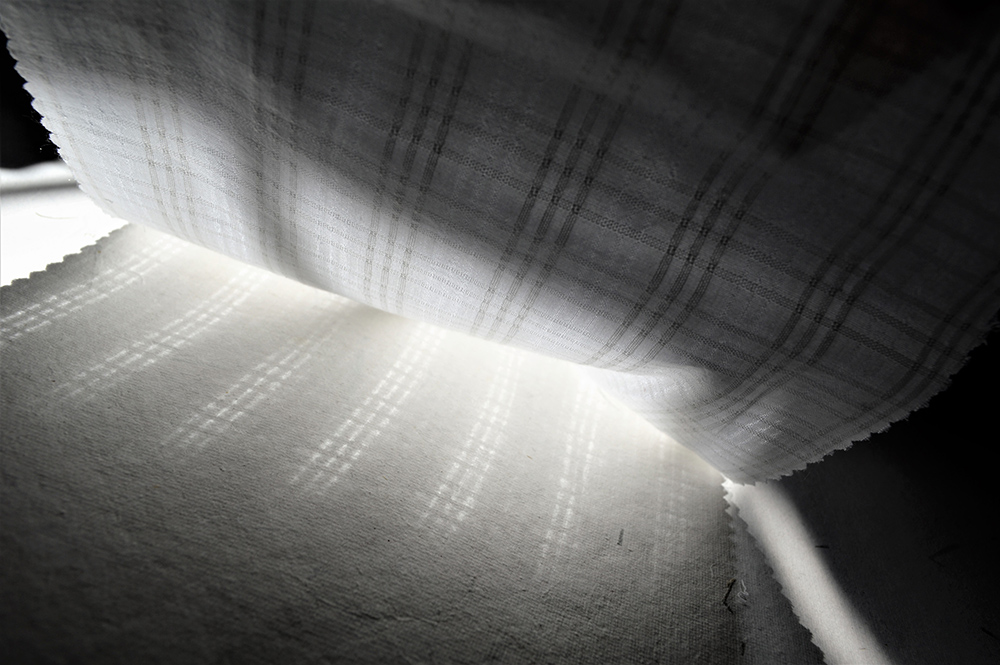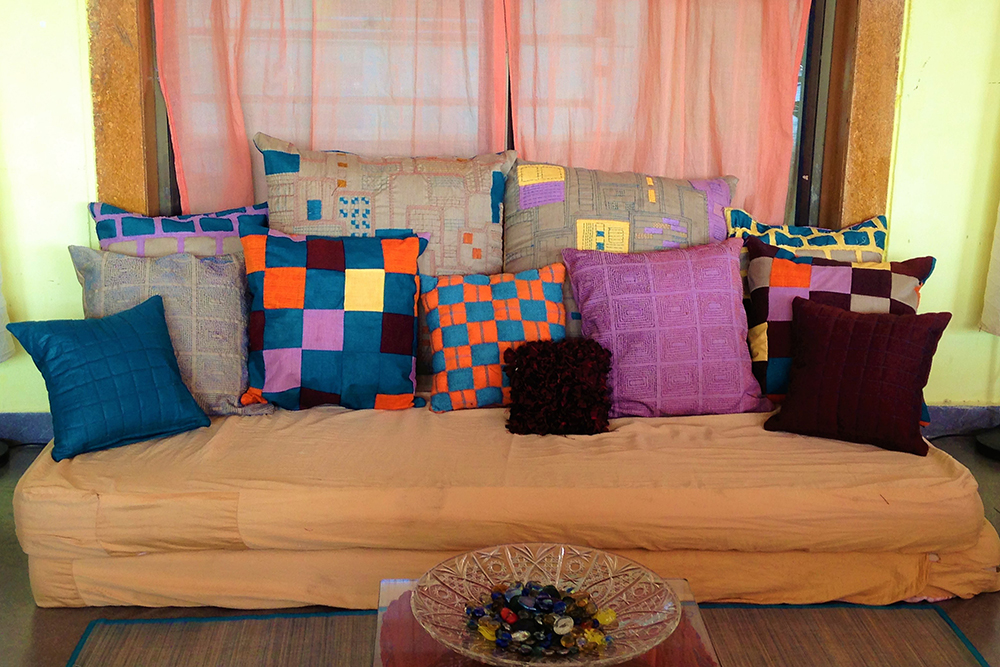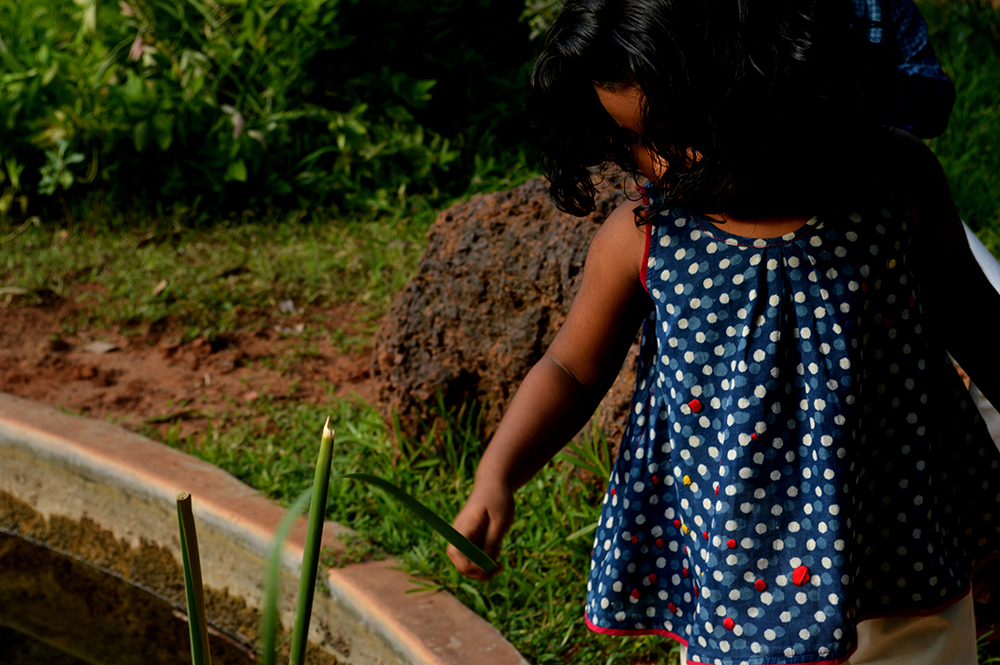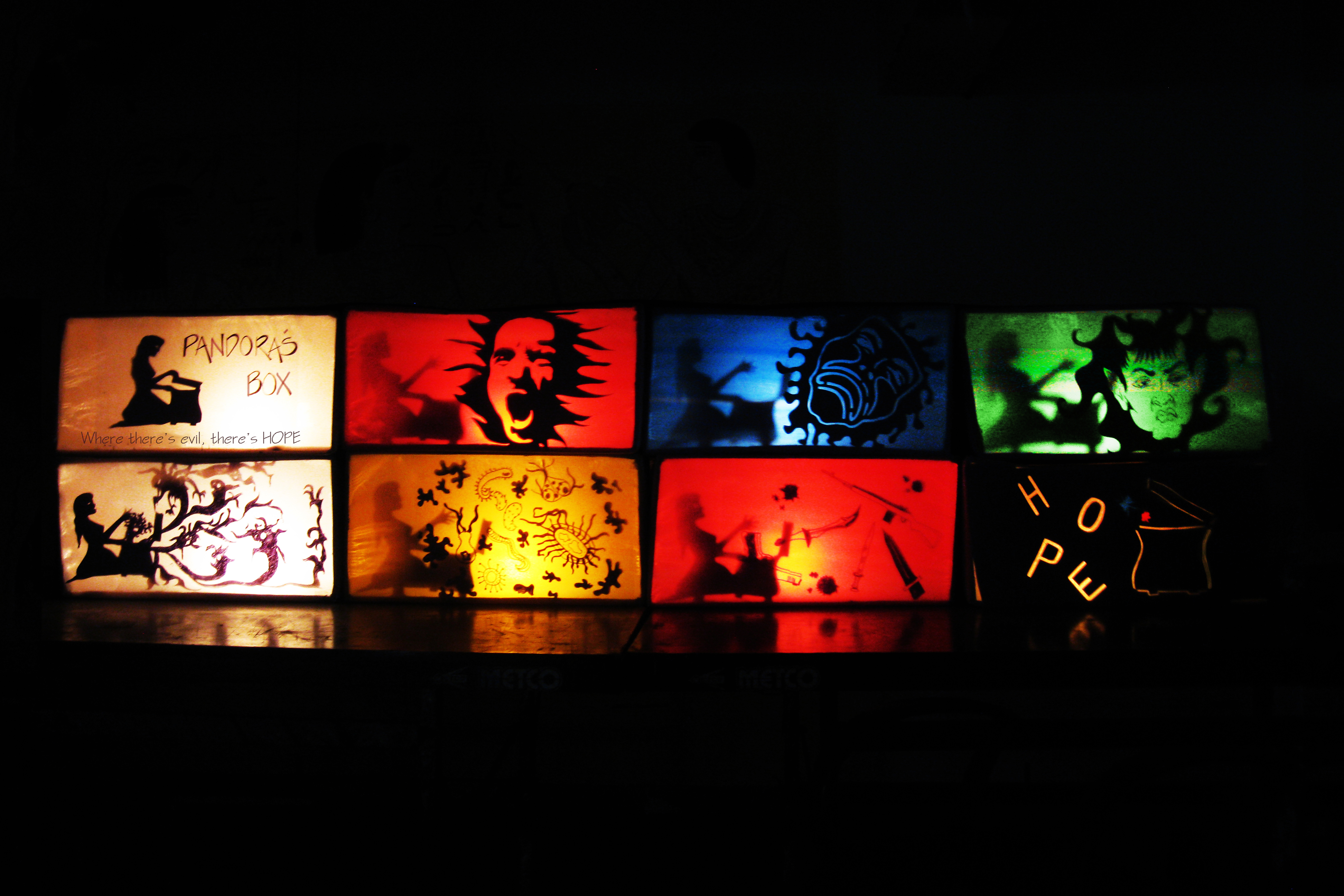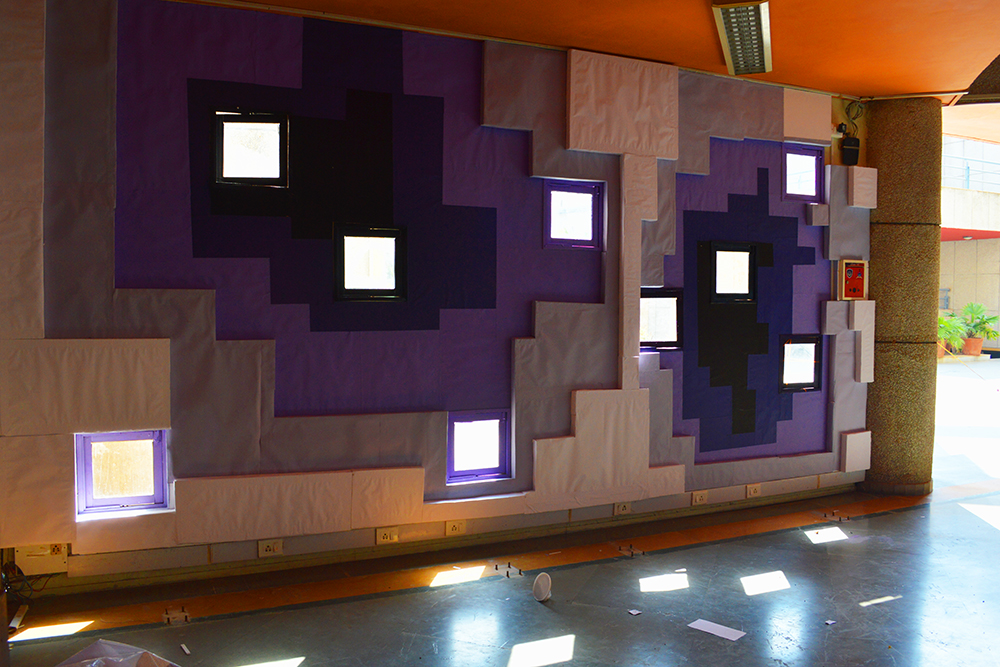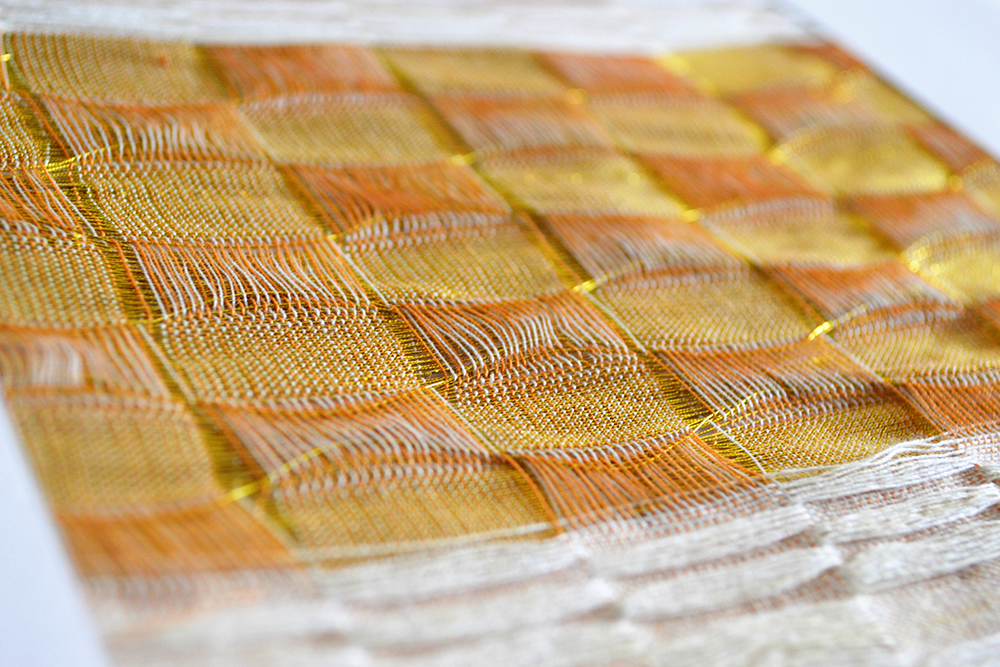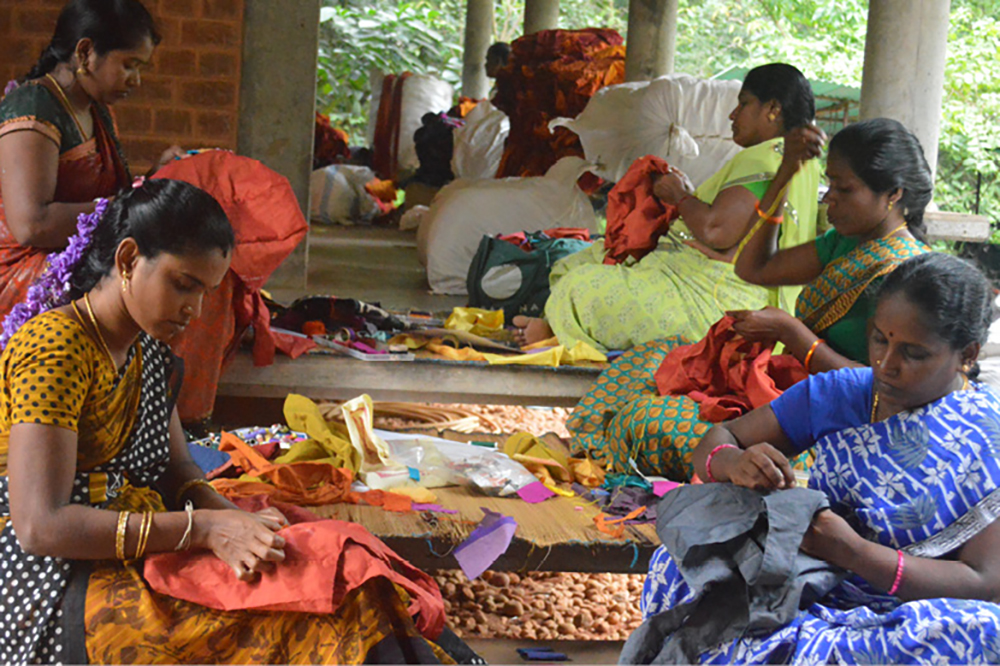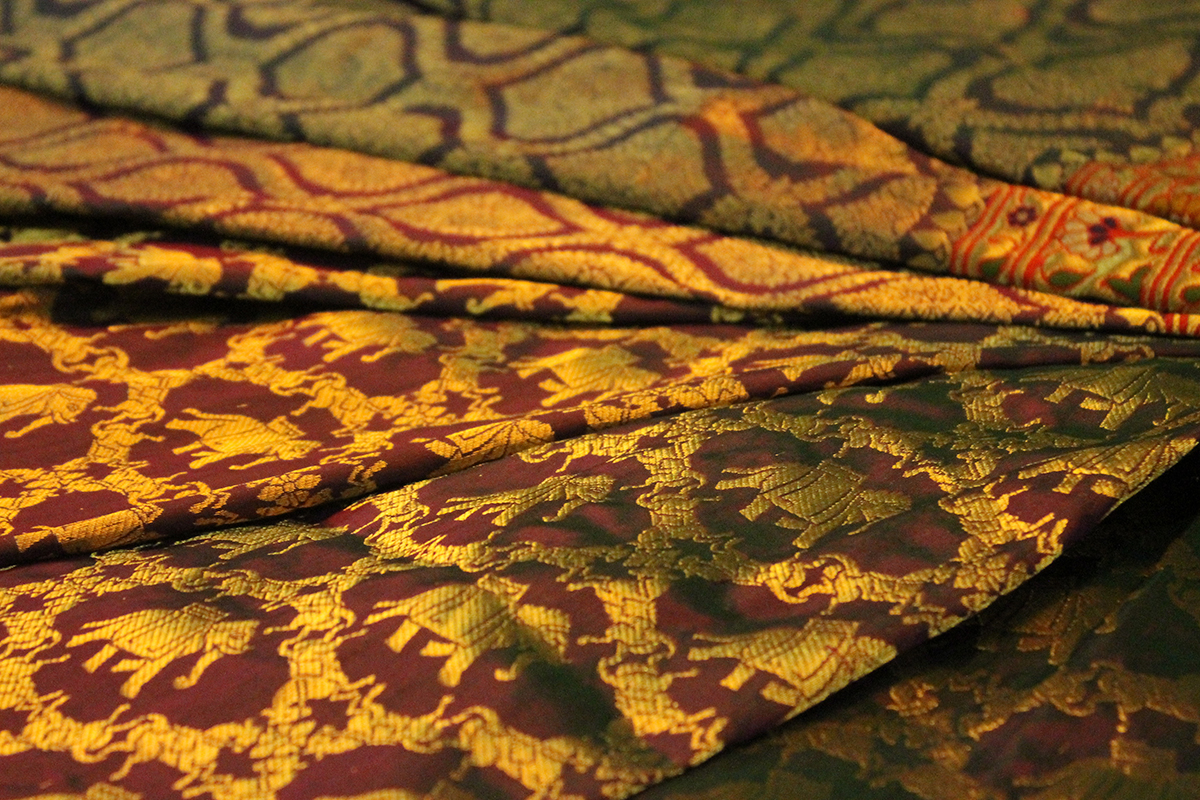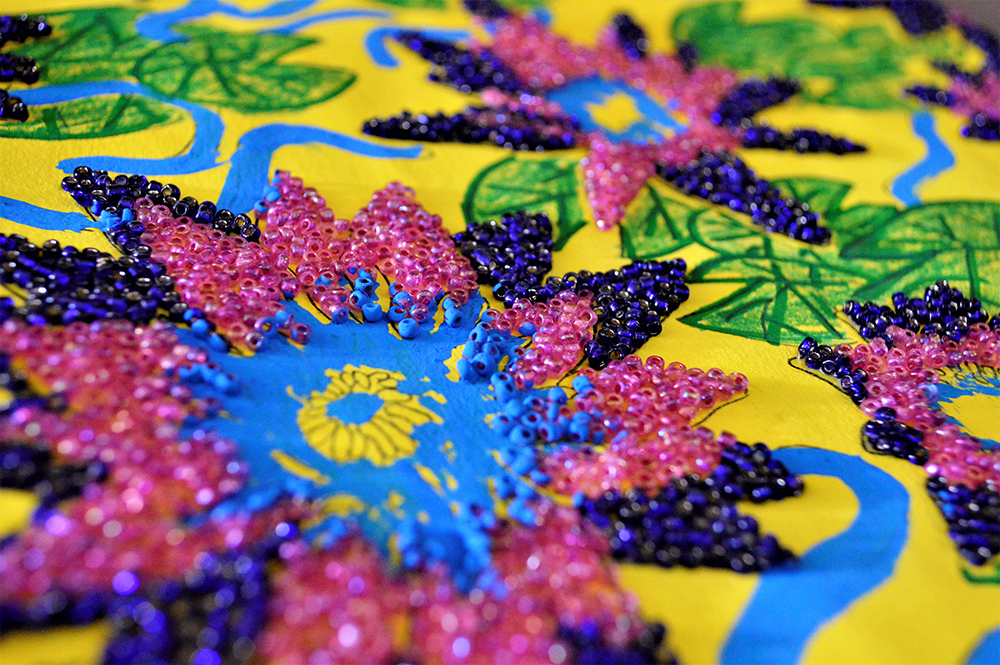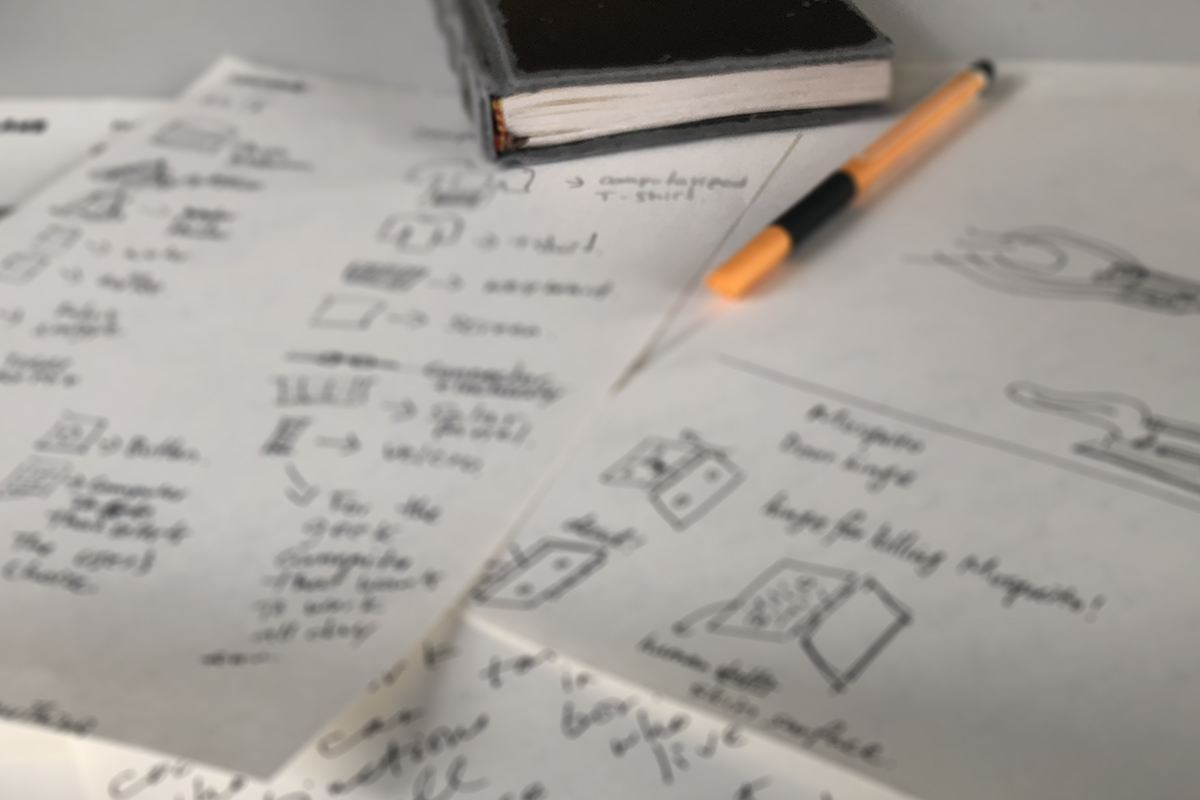SELECTED
FABRICATION
STRATEGY
WEB-DESIGN
ANIMATION
SHOWCASE
GRAPHICS
DATA-VIZ
TEACHING
WRITING
ALL
Once upon a time in NYC
2021
Animated shorts anthropomorphising New York city's inanimate objects' feelings during Covid-19 lockdown
15 min read
Role: Designer and Researcher
The Dialogue
"It used to get quite lonely out here. We felt like we were such an important part of the humans’ world, yet we didn’t think the humans felt that. We were always there for them, yet they walked all over us! Oh yes, we forgot, it might seem strange to the humans, when we refer to ourselves as we. So, well, we all are so interconnected, so well gelled and mixed up, we always are a we. And it affects us all when humans take no regard for us. We always used to get trash thrown at us, and were always being spat at and even worse. We were barely ever cared for, but when humans tripped or fell, we were to blame. We feel embarrassed to admit, but we are quite jealous of the stairs. They get so much human attention and love. Humans are always taking care of the stairs, decorating their railings, cleaning them, sitting on them and playing around, talking, taking photographs. We are right here, right next to the stairs, but never equally appreciated. Is it because we are flat? Is this discrimination because of our shape and form? Humans were and are responsible for deteriorating us, and then they don’t see us to be special enough to include us in their lives. Isn’t that unfair? But we admit, things have been different lately. Humans may have decided to give us a break, because we started feeling less and less humans, and then there were almost none. It felt like we were healing. We guess healing is just a feeling, maybe we were not being wasted away. That felt like healing. And just as suddenly humans started to come back. It was disappointing. But something was different. They were not just walking all over us, they were actually spending time over us. We were so pleasantly surprised when one day, at our south corner, the humans were cleaning us, and grooming us with chairs and tables. Do you know that is where the humans actually hang out? They really spend time over us with other humans. And we can sense more and more parts of us being noticed. Our east corner is actually being repaired and painted with fun colors! We wonder what the humans will do there! Humans are actually keeping their furniture on us, and using them, not just to give them away! We’re really excited to house some nature! That has always been our dream! We hope some humans think of that! We hear from the furniture kept on us sometimes, how fun and caring humans are inside their houses, maybe they’ll start treating us the same way. We would love it if they treat us like home!"
The Dialogue
"I first remember seeing my human three years ago when she came to see us, and two weeks later she was moving in. We, I mean my flatmates, the bed, couch, window blinds, and everyone else, all of us were all excited to have a new family member among us, she started making us all look like home. But after a few weeks of settling in we started seeing less and less of her. I, of course, always knew when she used to come in and go out, I think it was usually for work. I always remember her using me when it was dark out. It always took her few tries to get my key in in the dark. I think she used to work really hard. I mean she does even now. For the most days she used me twice or thrice a day, I remember one time she forgot my key and she had to wait for 5 hours so someone could get her key. She cursed and hit me a lot that day. My friend 219 told me his key works for me as well, but my human did not know his human, or she wouldn’t have had to wait. Days were usually like this, my human being out, and when she was home, she was always busy with preparing meals and sleeping. Sometimes other humans used me when they came to meet my human. And that was how it usually went. My human was too busy sometimes to take care of us. When I talk to my friends in our lobby, they tell me how it was more or less the same routine with their humans. Some of them had baby humans living with them, it was slightly different. But we were good friends, our humans weren’t. But then things changed one day. My human stopped using me. Sometimes she does this when she is ill. But this continued for a long time. I saw a lot of new humans leaving food near me, and my human collecting it. That was the only time when my human used me. She cleaned me a lot with some water that stung. I found out it was the same with my friends’ humans as well. But she started taking care of us more often. The window was so happy to have plants on her, and the lamp was practically glowing without the light. We were all happy, but I think my human was not always happy. Why was she not going for work? But then again she started using me to go out, although it was at unusual times. And she always came back sooner. All the humans in our lobby were coming and going at unusual times. This one time, I saw my human coming back with my friend’s human. All of us doors noticed things changing. More and more of my friends’ humans were meeting each other. My human borrowed my friend’s key this time when she got locked out. All the humans hung out more and more around us. I got very busy because a lot of my friends’ humans kept coming and going, and more frequently. We doors were not happy about the new dogs in our building, we were scratched a lot, but all our humans were very excited, so I guess that is okay. I’m being kept open a lot these days."
The Dialogue
"Change keeps happening all around us so it is rarely new to me. But I do understand how this change might be different. It’s at an unnatural pace, isn’t it? I’ve been here since always and humans are all the same. They are often involved in their own selves to really notice me. I mean they do notice us all as a whole, but I sometimes lose sense of my individuality when I’m just seen as a part of something whole. But I believe I too look at humans as a whole. They have these repetitive patterns of activities. I notice some come to exercise, or to meet someone. There is always a lot of activities going on, but those are of the least interest to me because I just see a crowd. Other than that, there’s always the same waking of pets or picnics. Well, that part always breaks my heart, because they leave behind a lot of dirty things around us. Some humans keep attempting to take care of us, but it always stays dirty somehow. But, well, there are some exceptions as well. It’s always nice to have humans playing around me and on me. It makes me feel seen and heard, as if I am not a part of the whole, but I am me. I am not part of forest or park statistics, but I am me. It is like a fresh breeze when someone purposefully gazes at me, or feels the touch of my bark. I only remember this one human very distinctly because he used to come and talk to me every now and then. He did it with a few other trees as well, but I wasn’t jealous, because this human and I had our own story. I was pleasantly surprised when he came to me for the first time and talked for hours, but I was touched to my roots when he kept coming. Suddenly, humans were not patterns, but individuals, similar to myself. And then equally suddenly it all changed, I’m used to change, but this was different because it was sudden and it affected all the humans. To be more specific, there were no humans. It felt surreal, uncomfortable but curious. I didn’t have complaints, to be honest. There were no toxic smells of the garbage, no uncomfortable heat from their many appliances. I could see all my neighbors had more space to grow, heal their wounded parts. We were not trimmed or cut as per the humans’ conveniences and aesthetics. I don’t mind being seen as a part of a whole if I’m the one who’s doing the seeing. But I did miss my special human, and maybe the ones that played with me. I started seeing humans again, but not a lot. They were looking different. There was a new activity going on in the park, but it felt different. Maybe because the patterns of the humans felt more serious. And there wasn’t really a crowd. I could see white tents, but they were different from the camping tents of humans. My neighbors were not happy either. Although there were no humans who made our surrounding unpleasant, there also were no humans who took care of us. I wondered what happened to my special human. Was he okay? Then I thought, maybe humans being around wasn’t such a bad thing. But now I am again seeing the humans returning, along with the trash and the unnatural heat around me. And they are as distant from each other, as they usually are from me. Although I’ve noticed their distance from each other has brought them closer to us. Some of my neighbors who barely had felt the touch of humans before, are now enjoying their company. But I know, this means soon they’ll enjoy their toxicity, isn’t it? Does one side of humans not come with the other? This is surprising; Since when did the energy of humans affect me?"
The Dialogue
"It’s always the same. The movements of the specs below me. They’re always in motion. They’re always walking in synchronized manner, sometimes stopping, then walking again. Sometimes I see twinkles of lights from the specs. I’ve come to know they’re taking photographs of me, my colleagues, themselves, and other things. But I don’t know why. I’ve always been here, and mostly I am red and yellow. Sometimes I feel different, sometimes I’m of different colors, but mostly red and yellow. It’s usually the same. I don’t really notice the specs below much, there’s usually nothing new there. Same patterns, colors, motions, groups. Although recently, there are far lesser specs, the patterns and motions are not predictable. The smaller specs from the sides are now in the middle sometimes. They look different. The view looks different. It’s a change from my everyday view. Some of my colleagues look different too, more somber. I wonder for how long this will stay."
- Inspiration behind the framework of Once upon a time (in NYC)...
- Below blogs / essays inspired the narration of the shorts in some way or another:
- Digital Resources:
